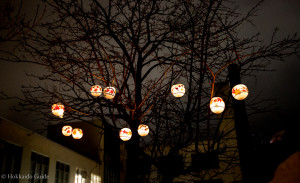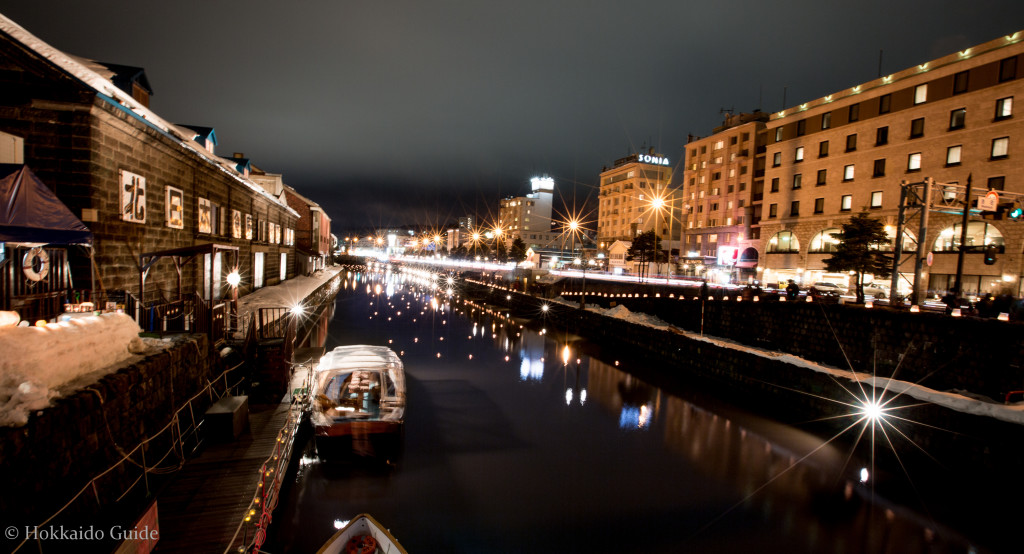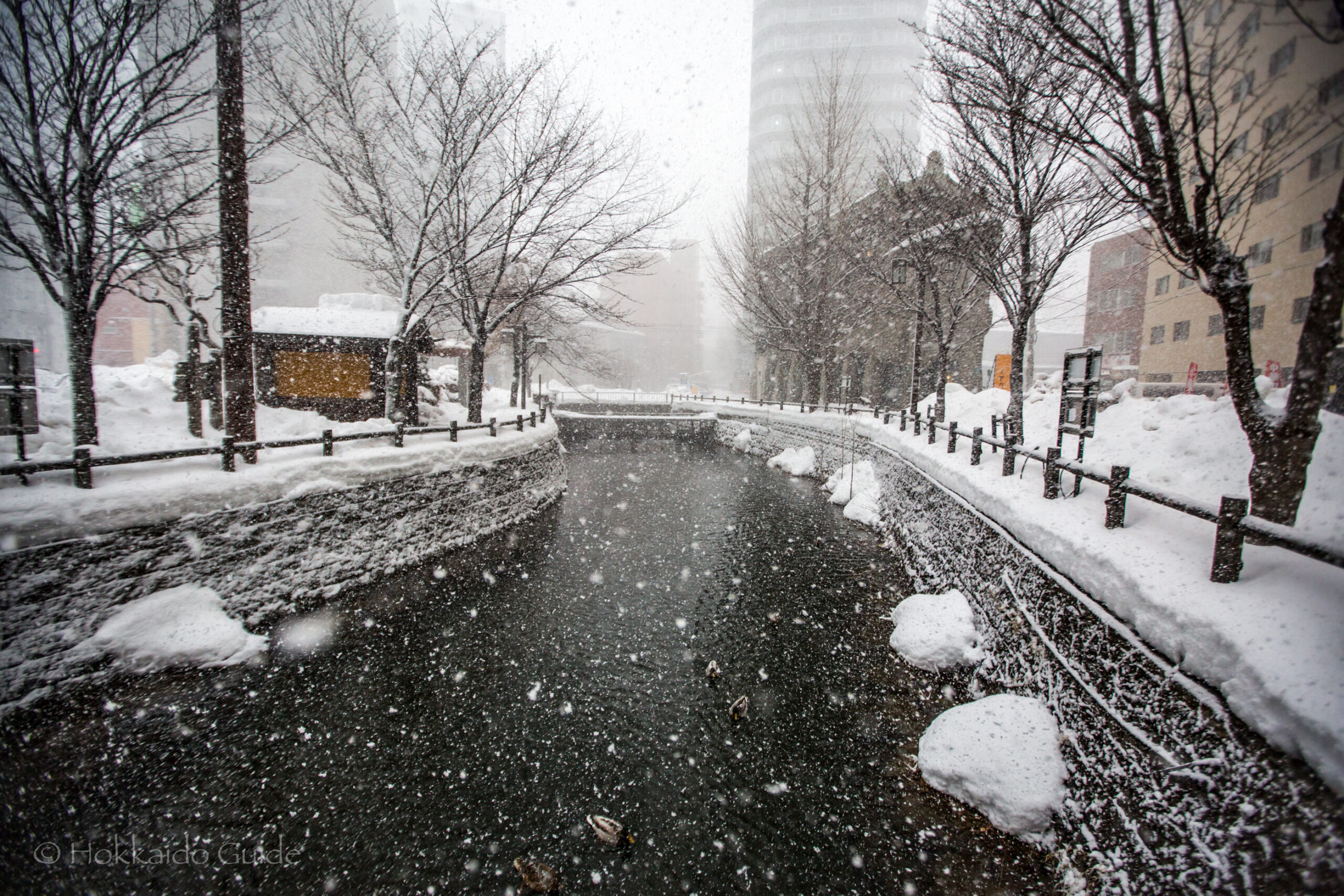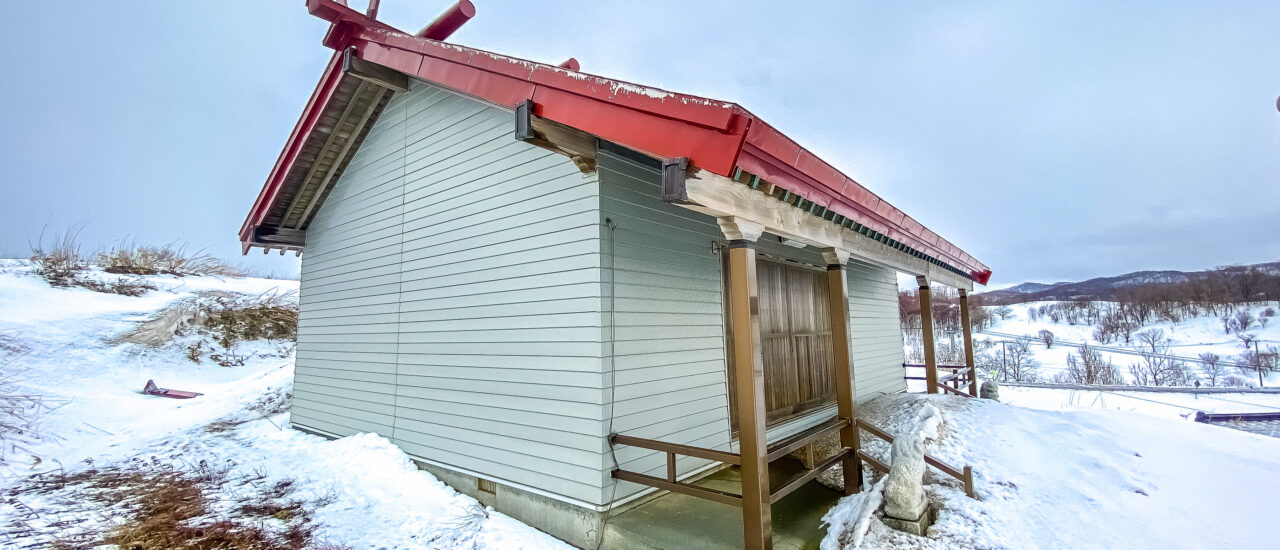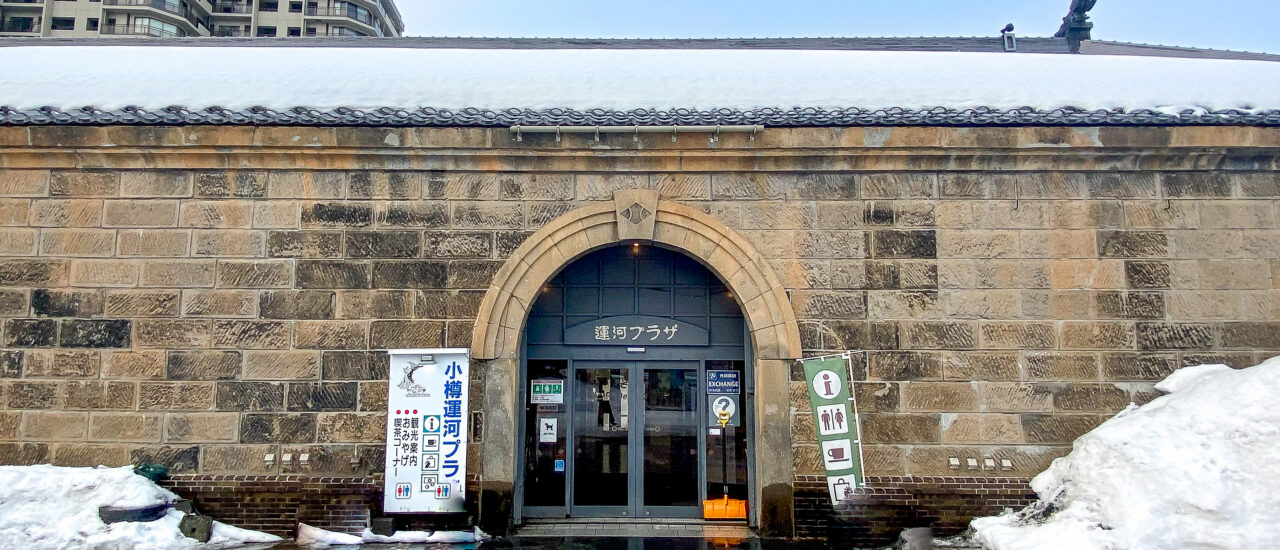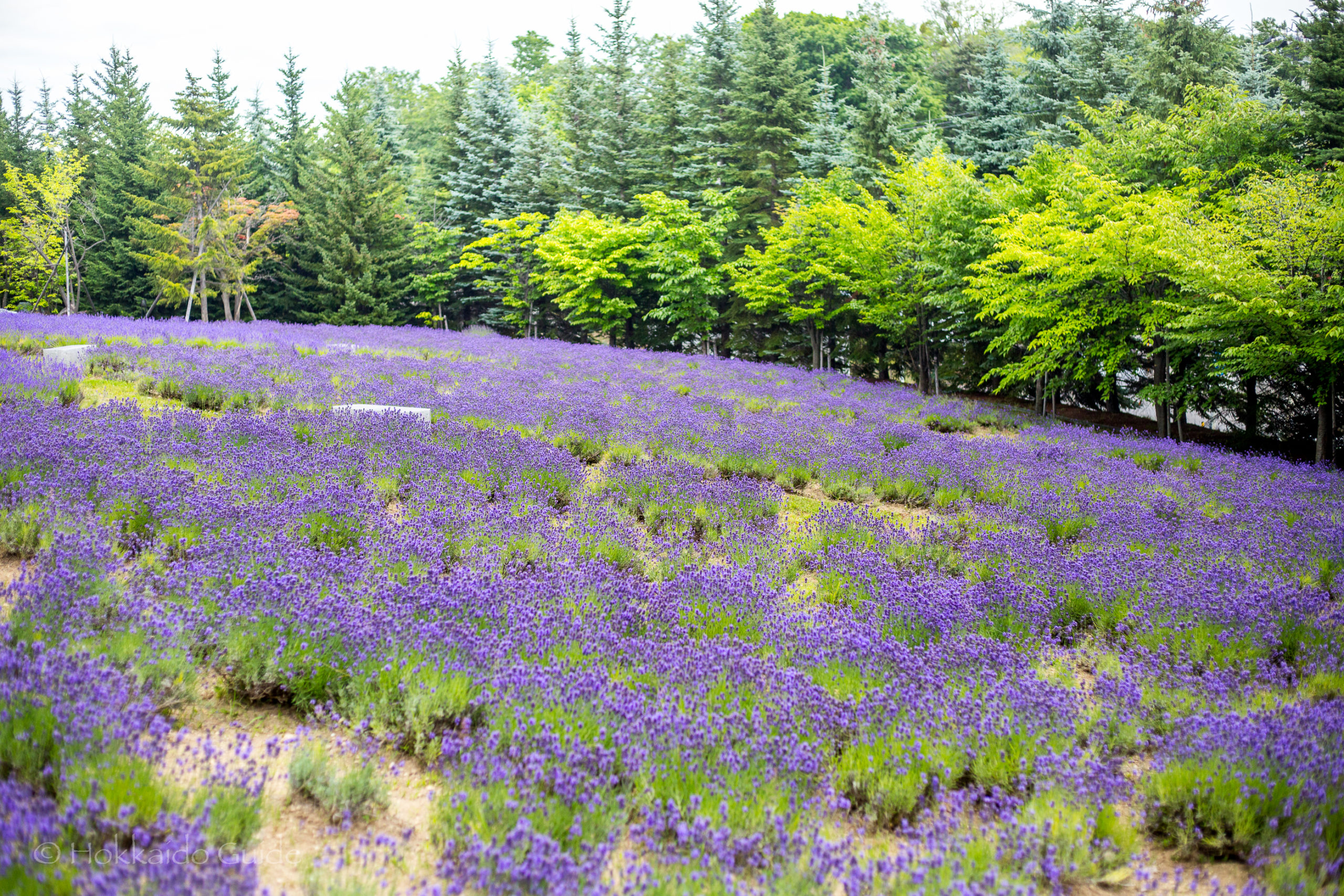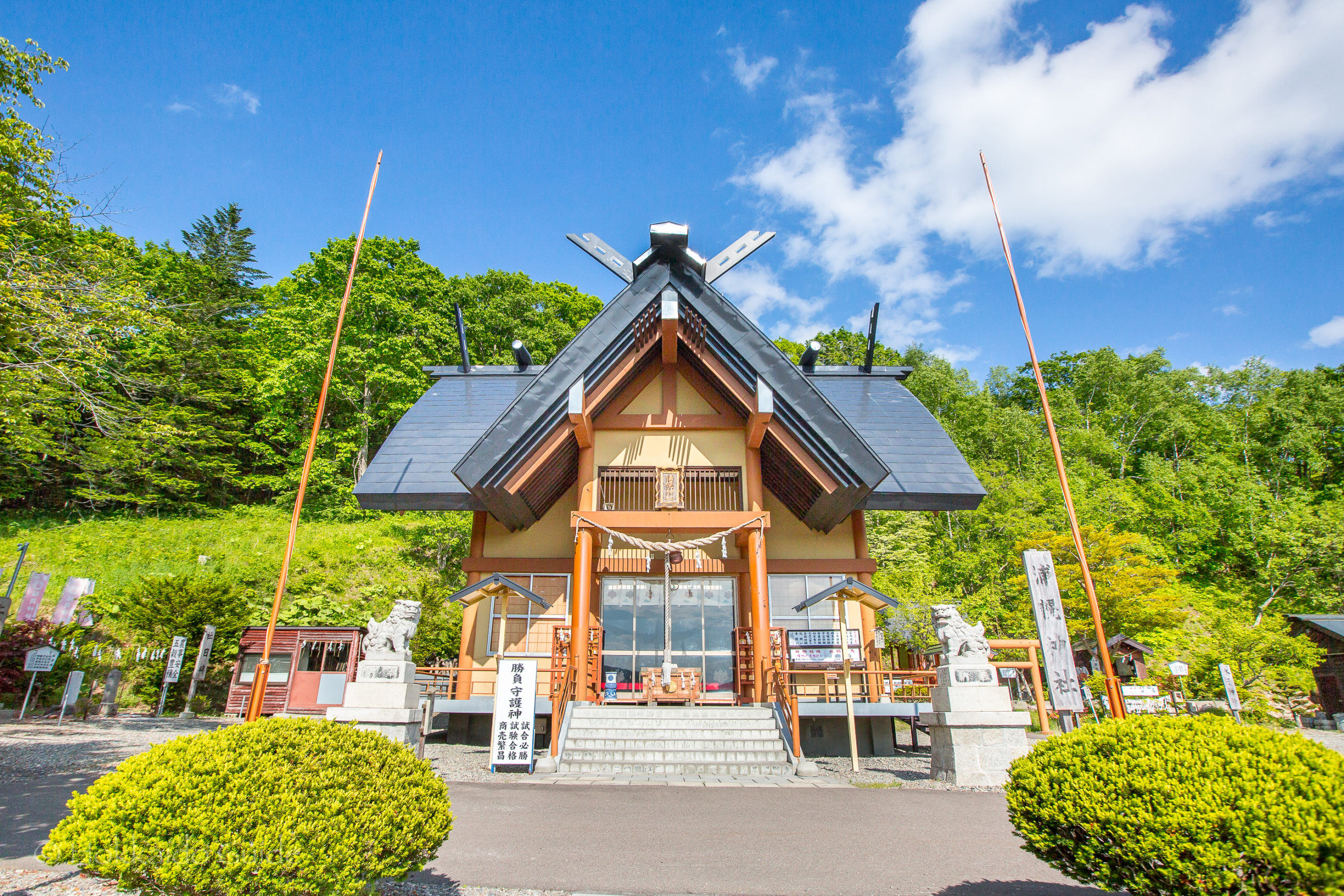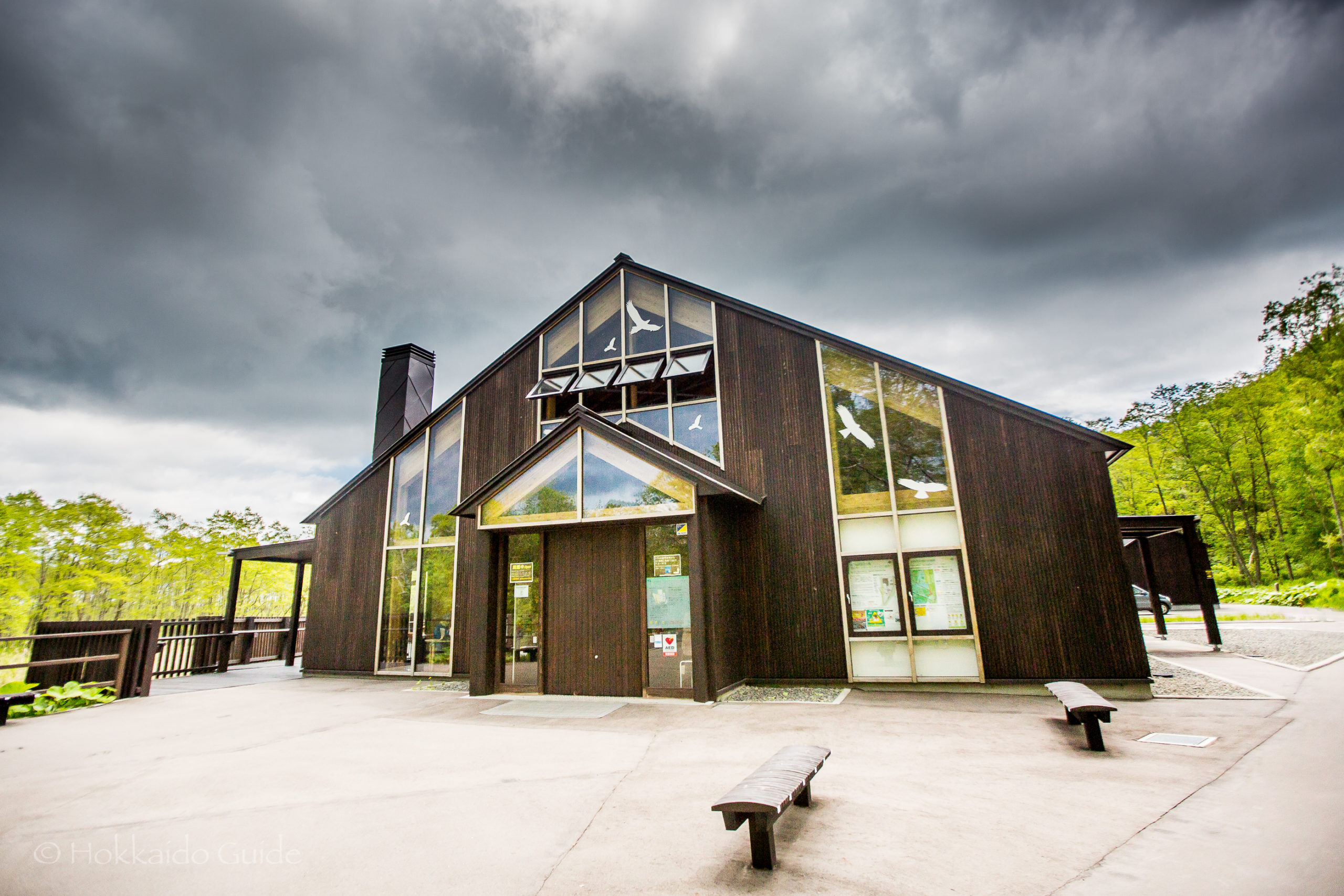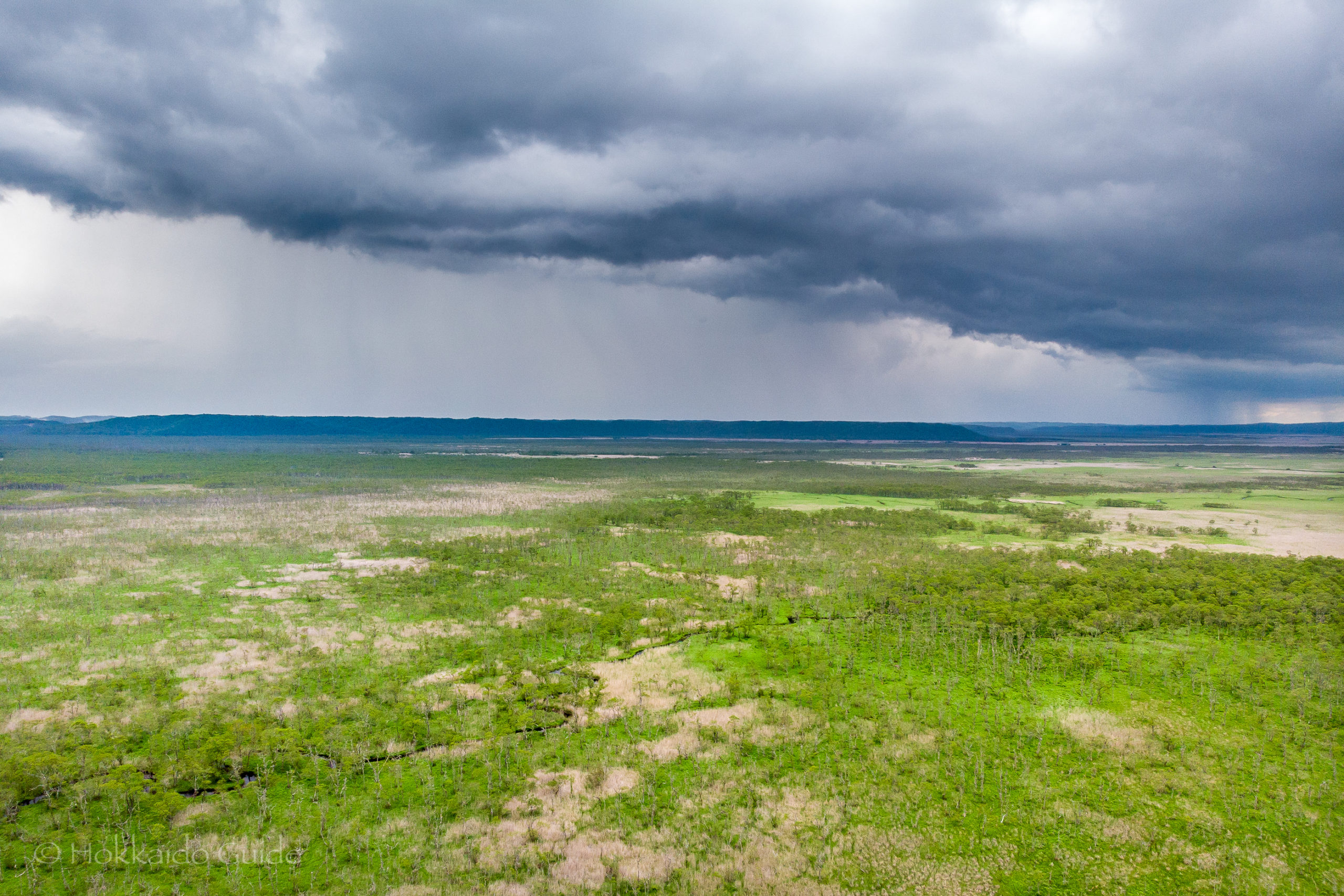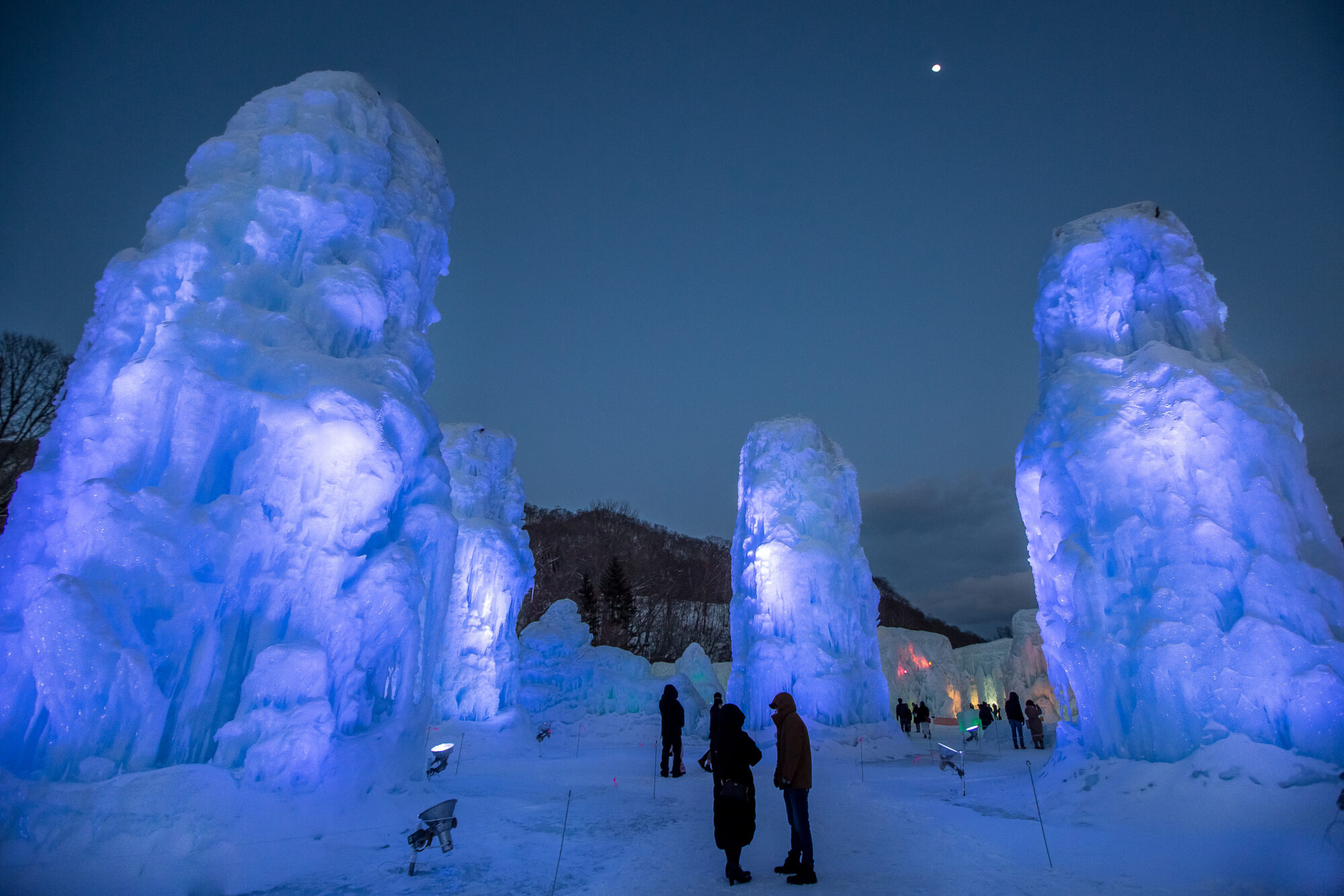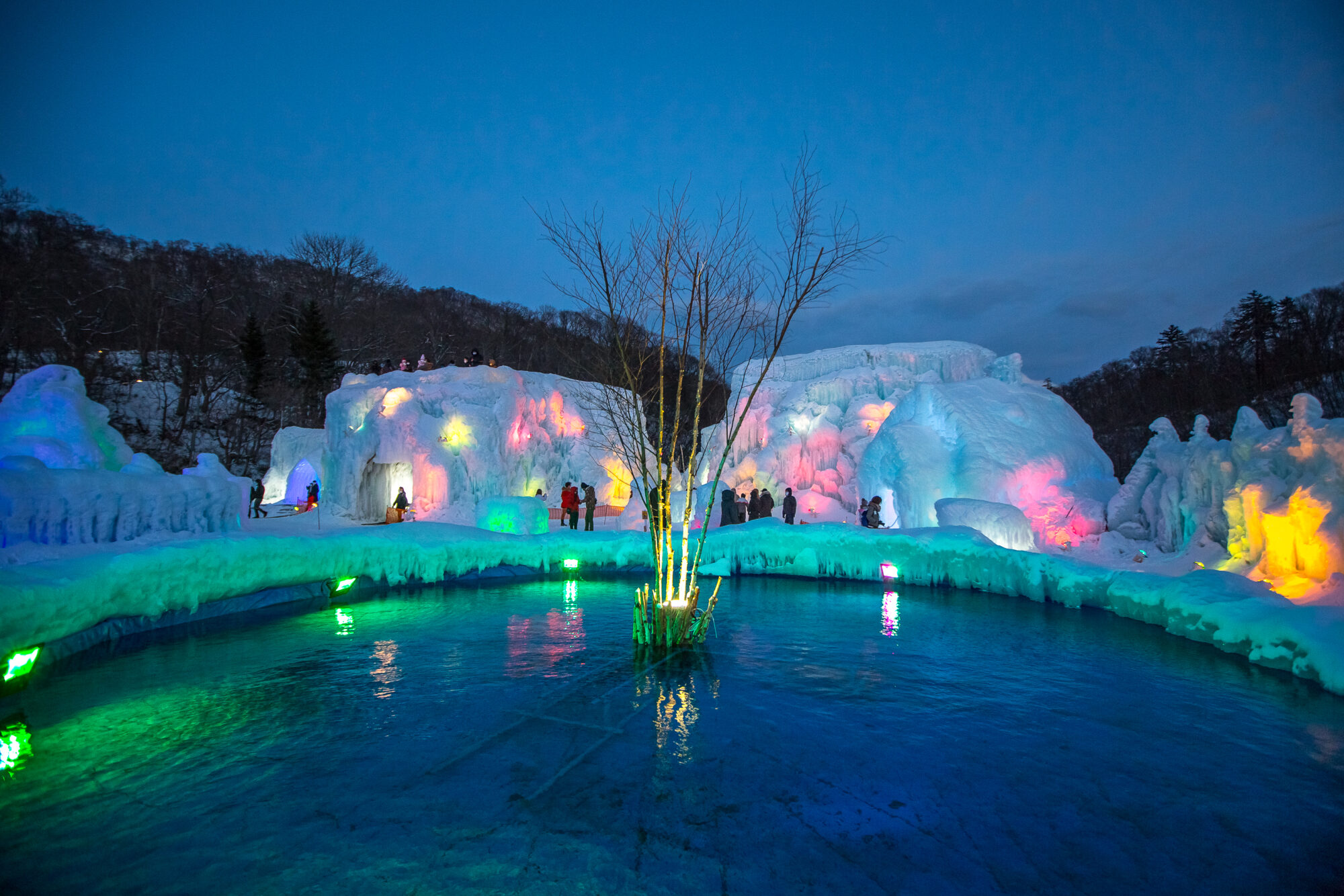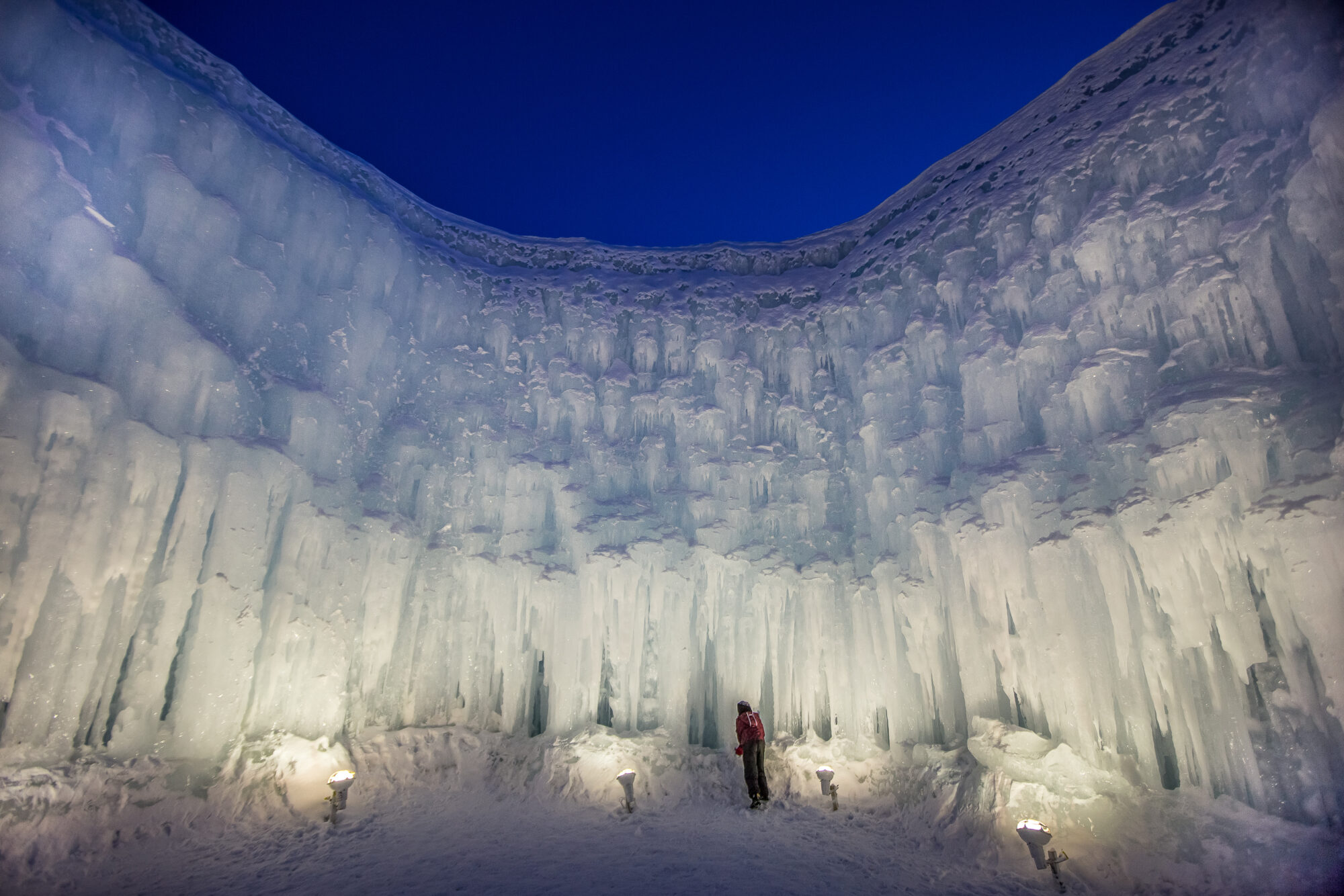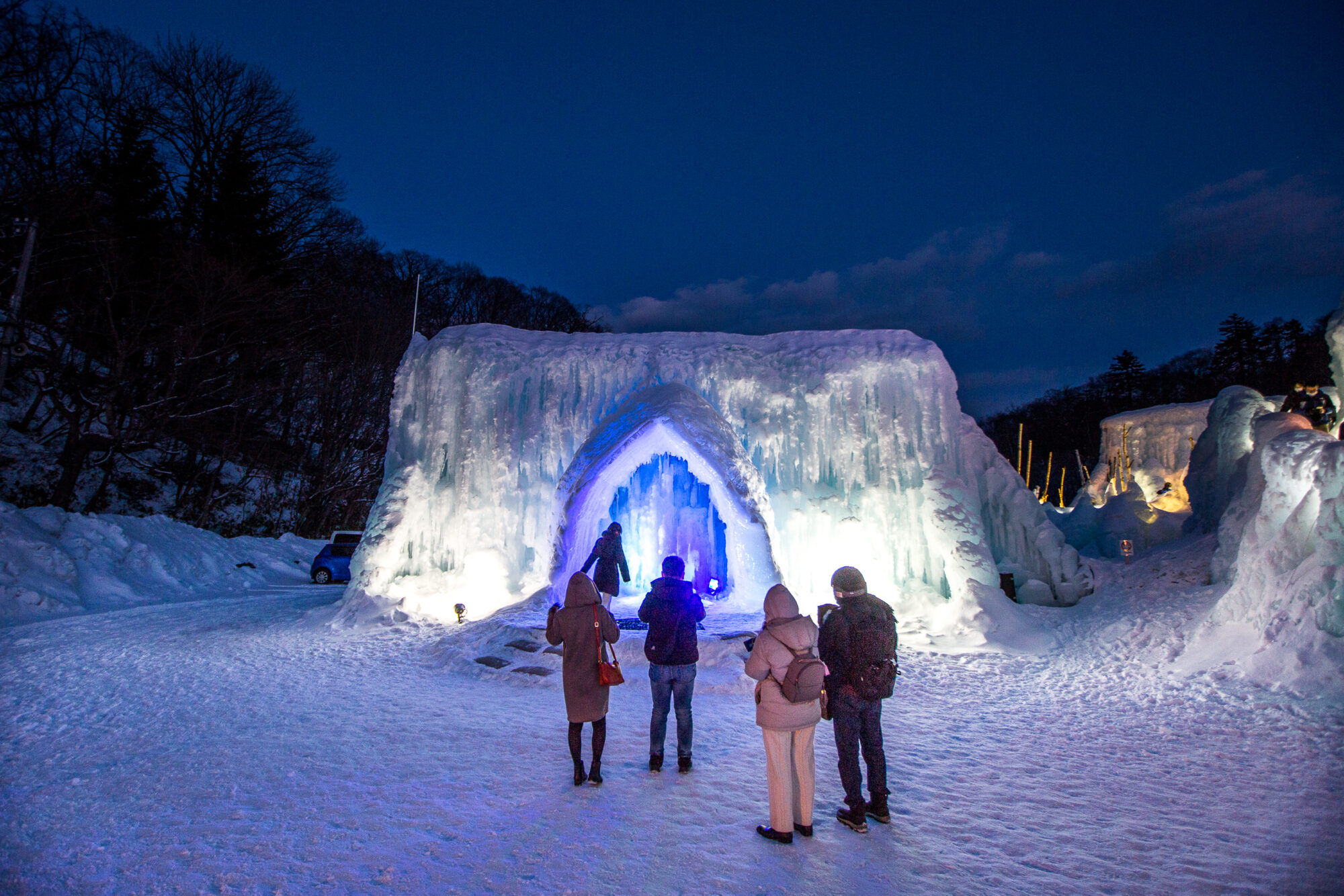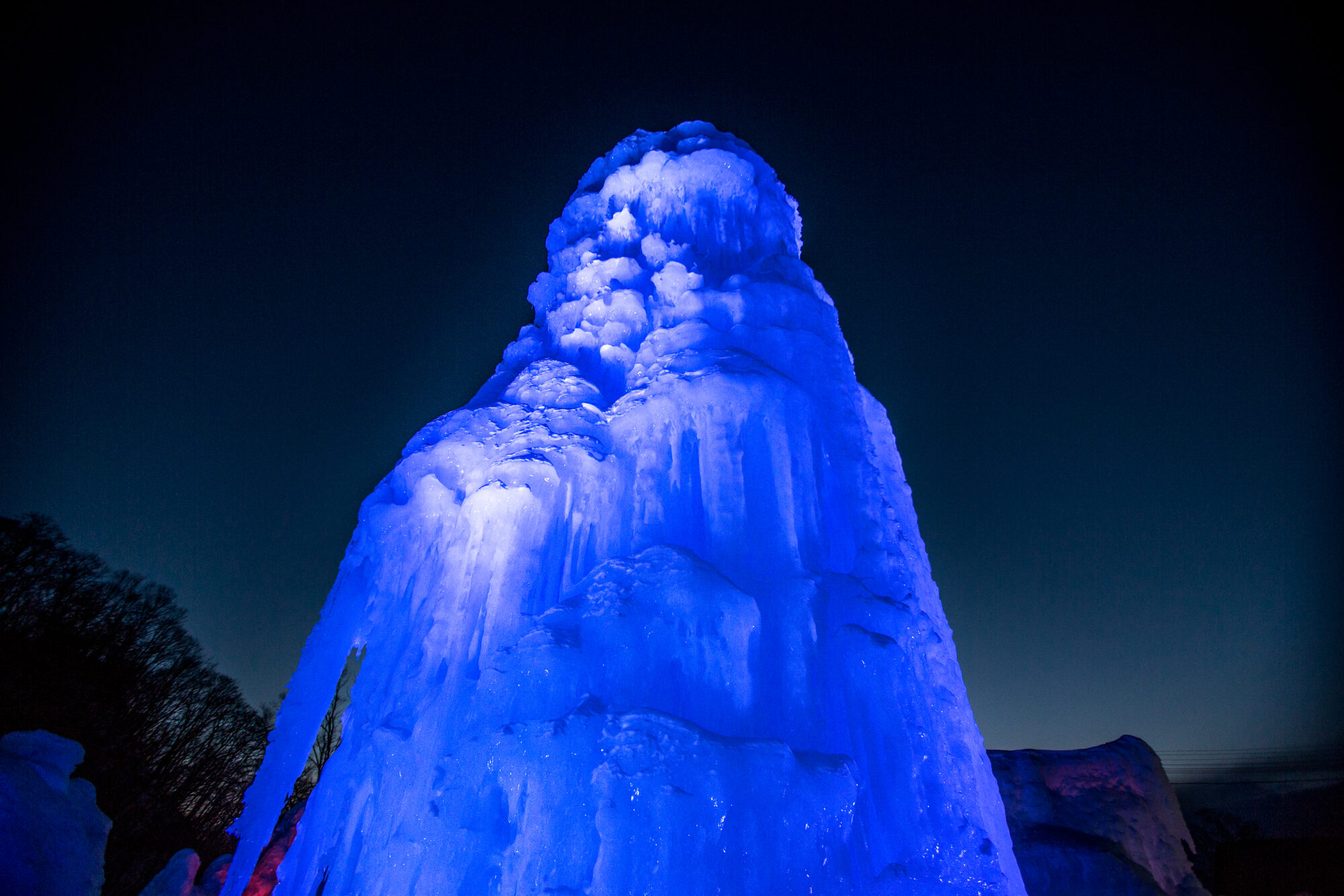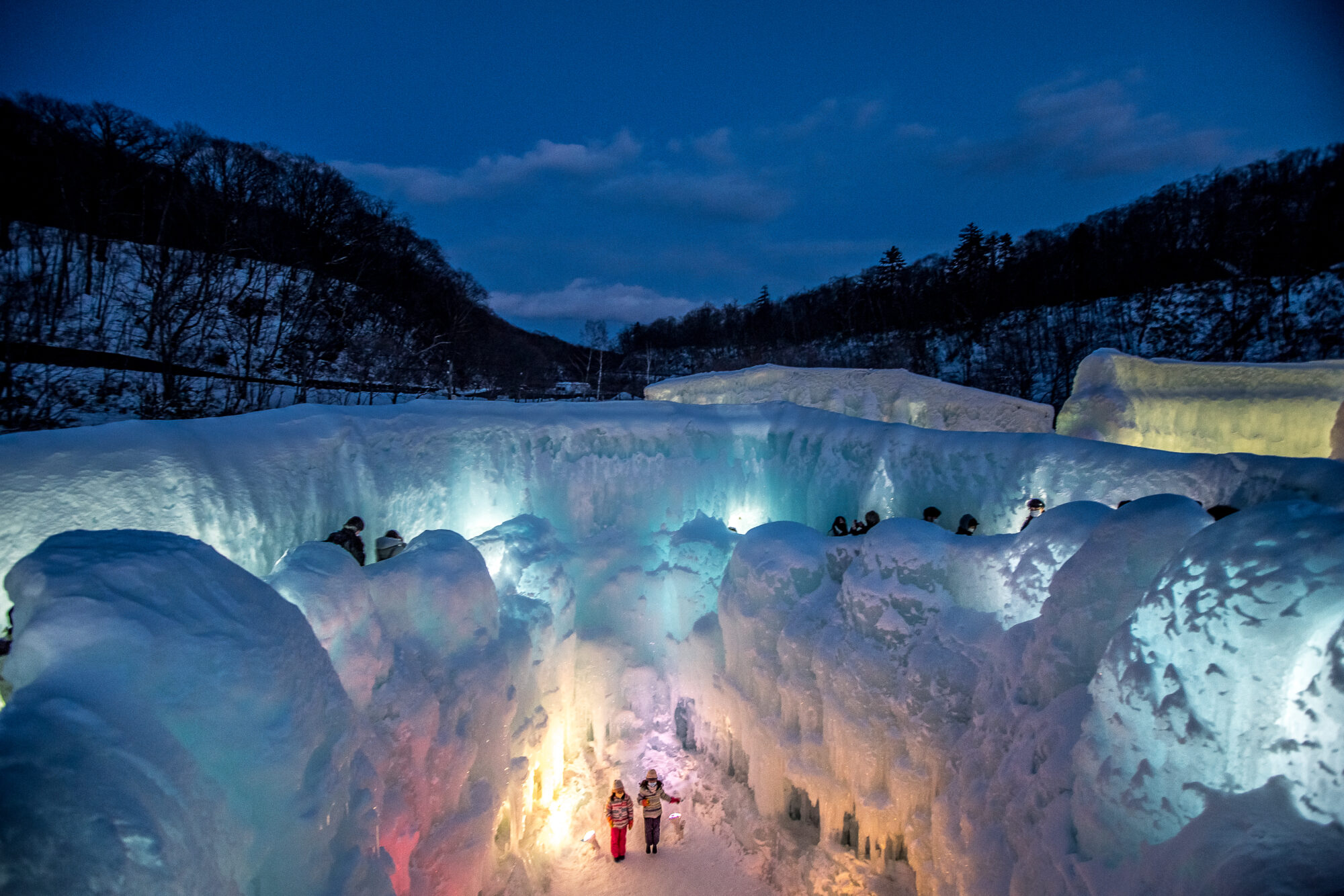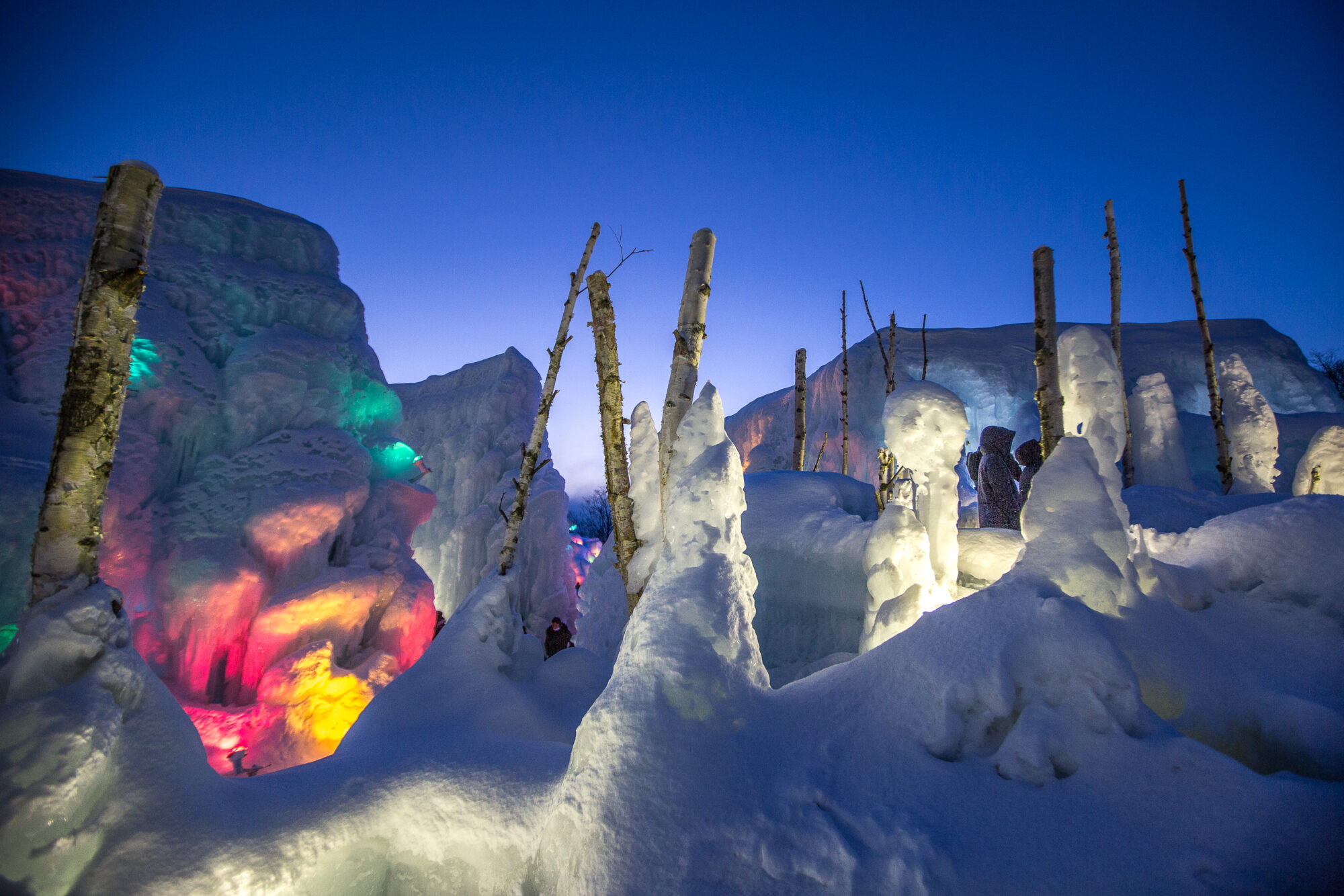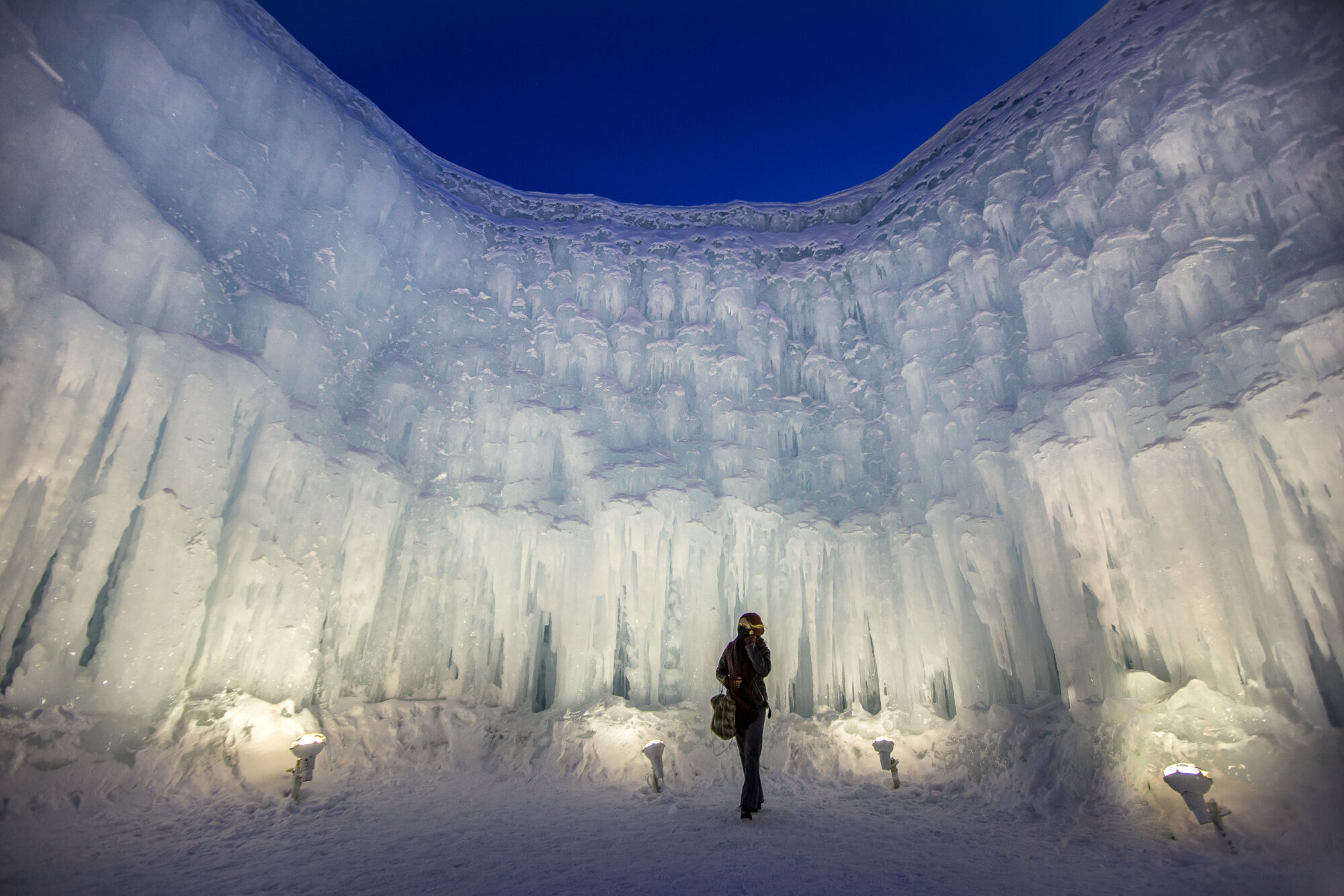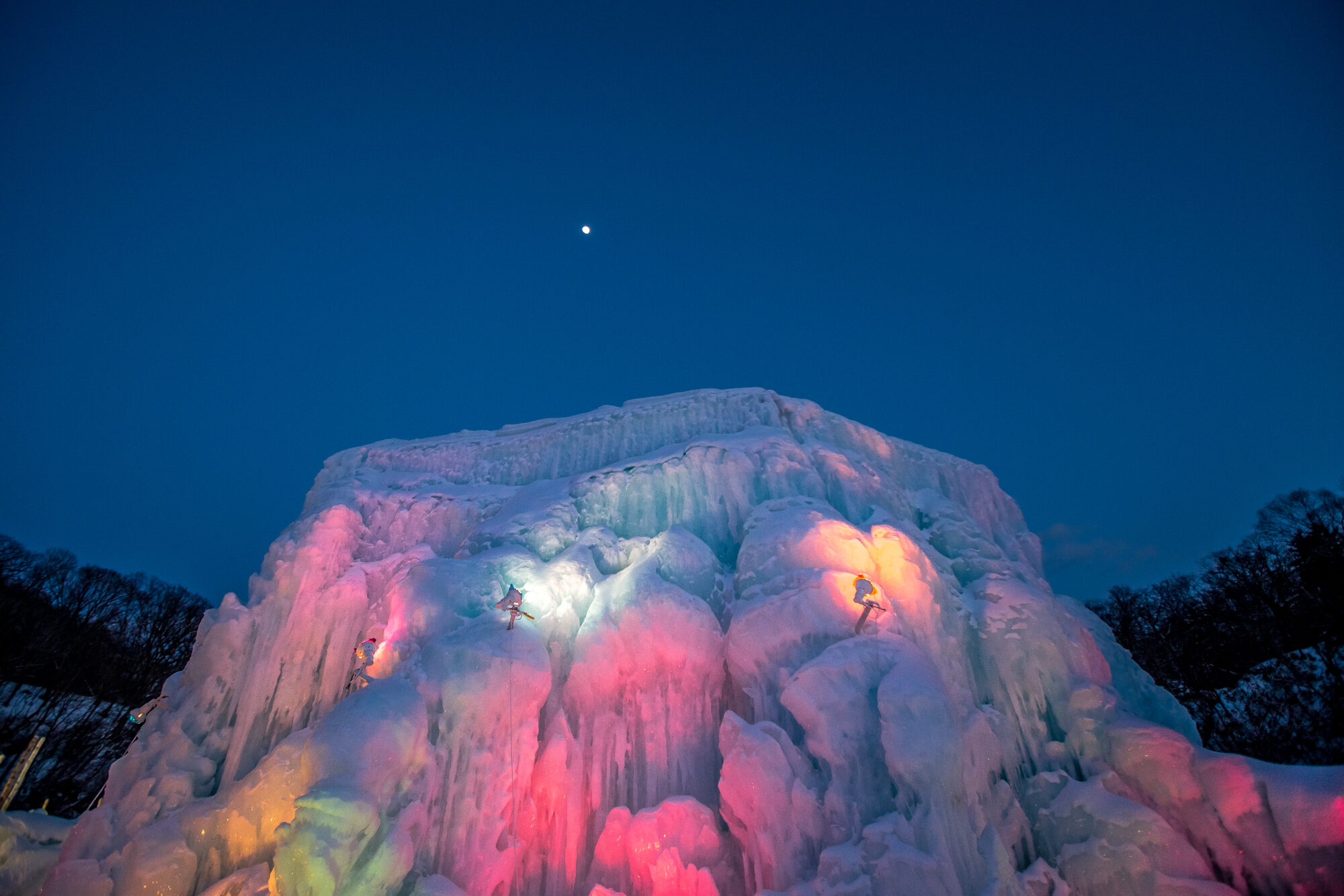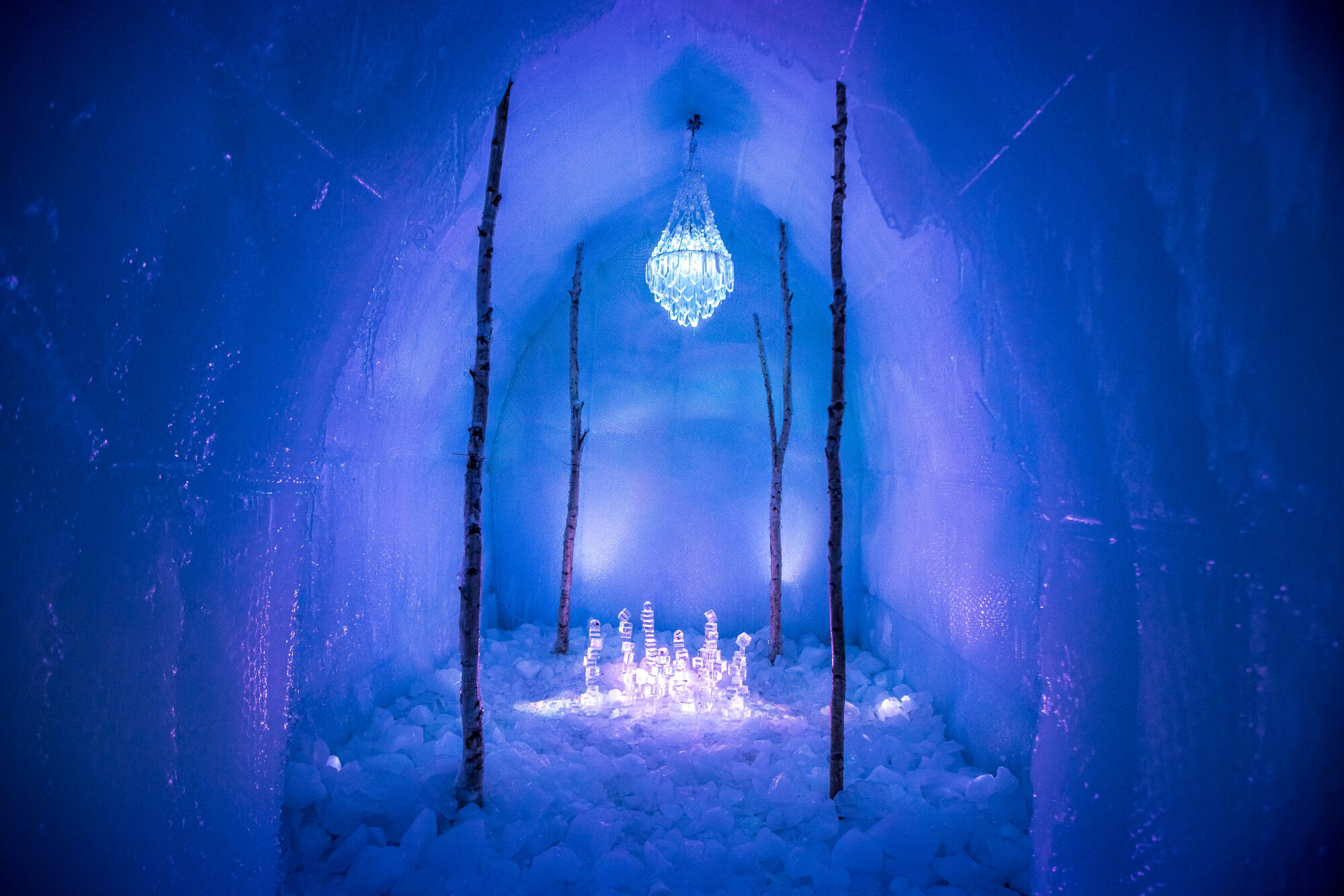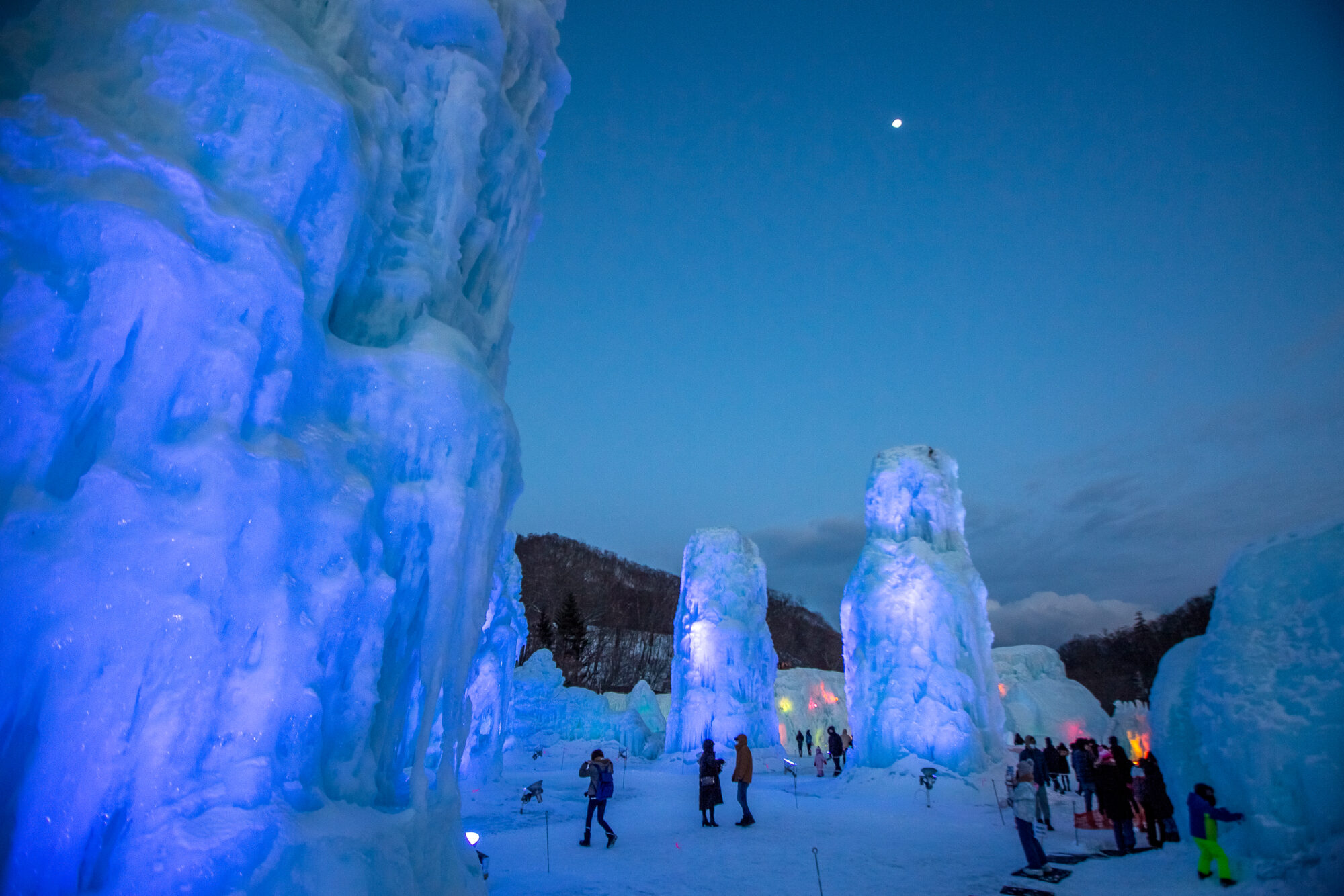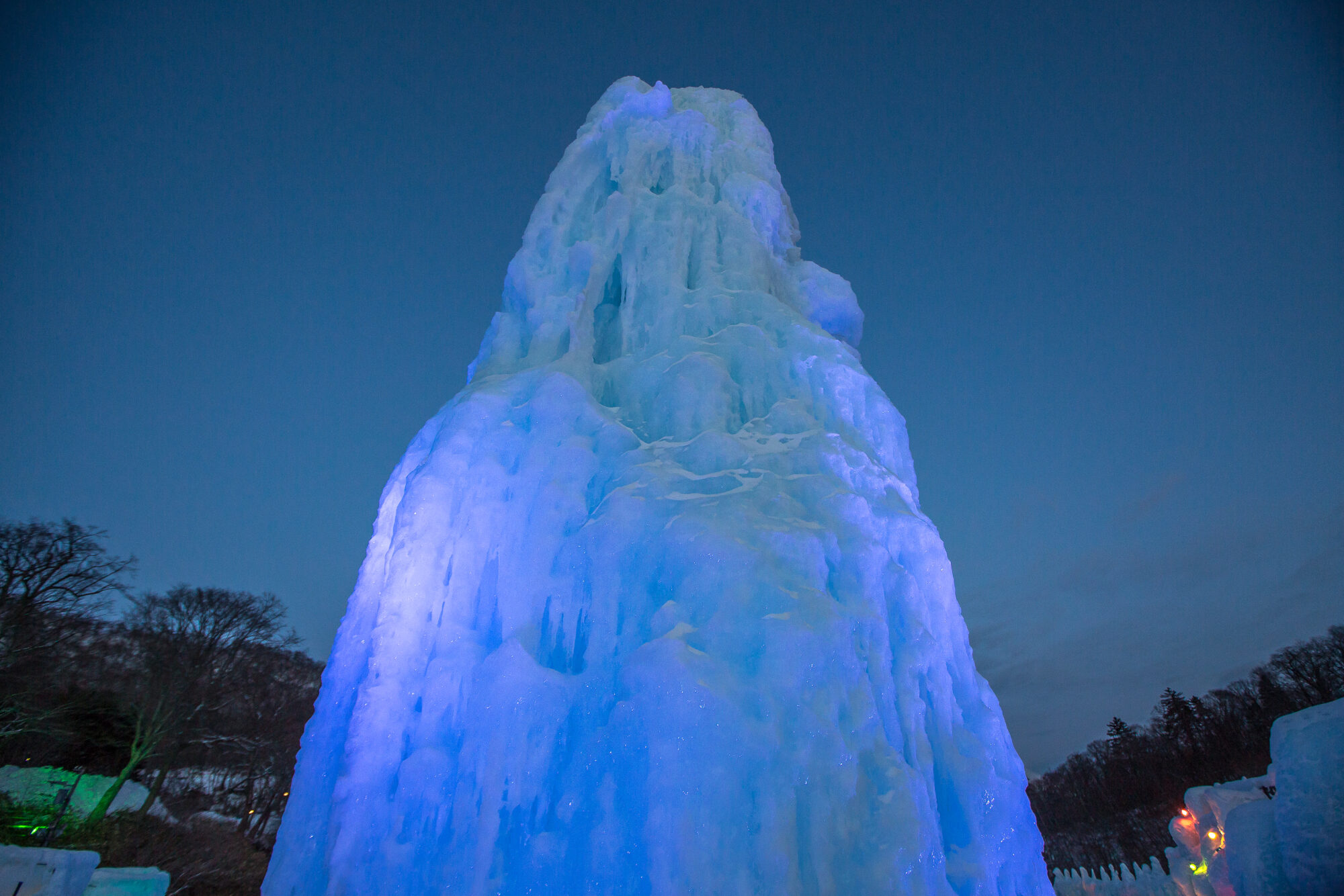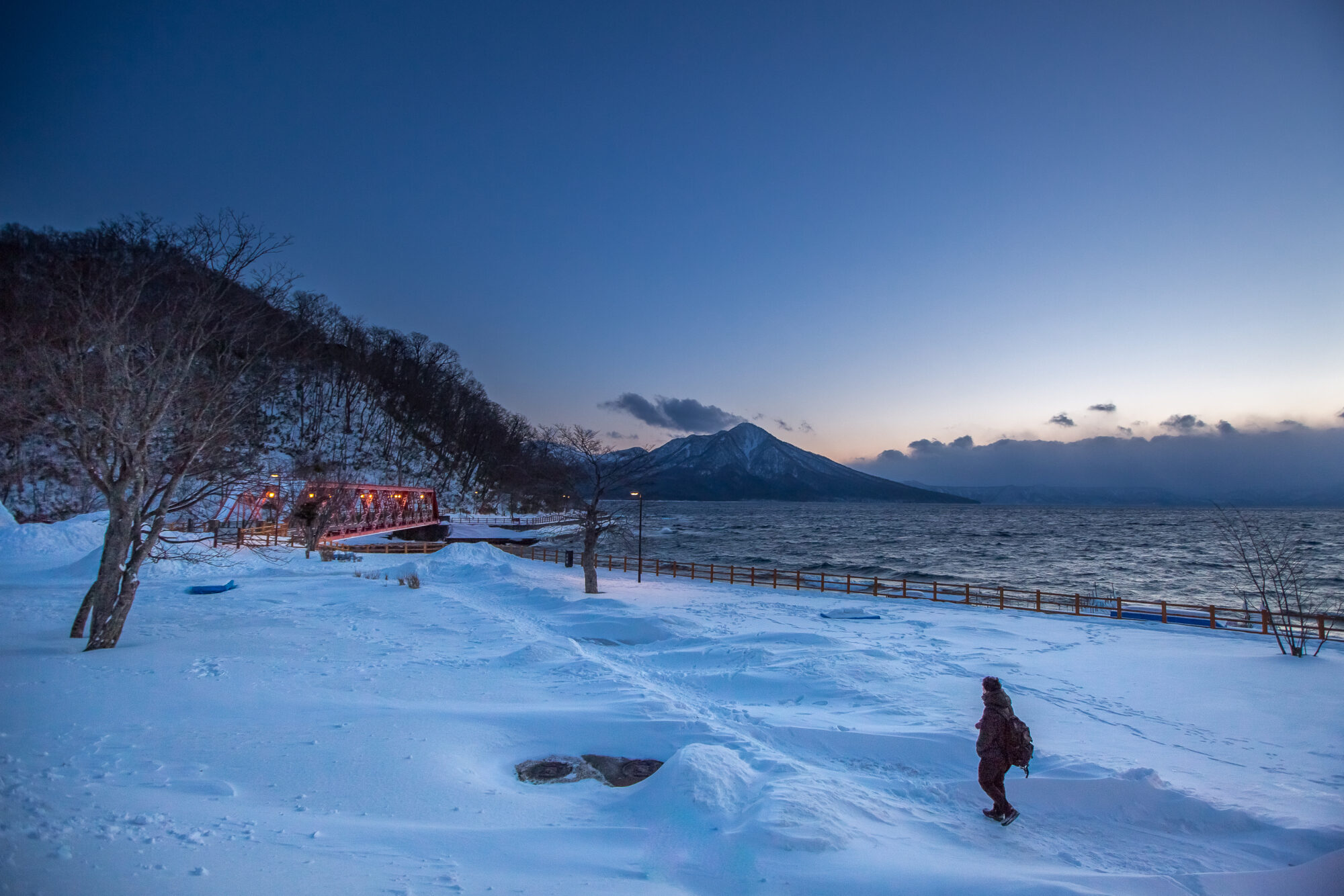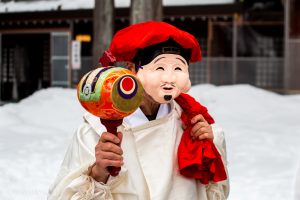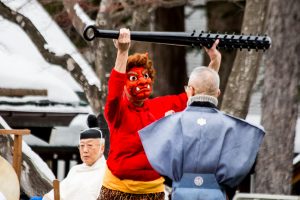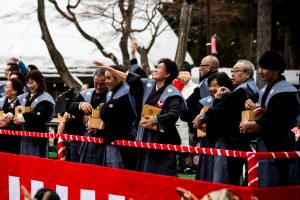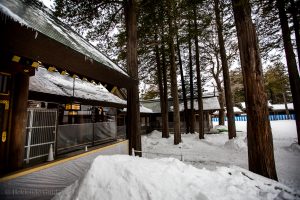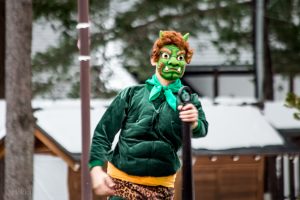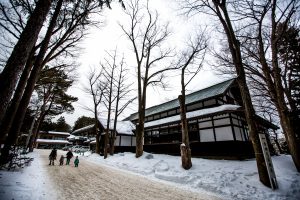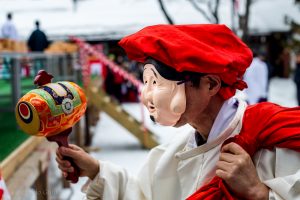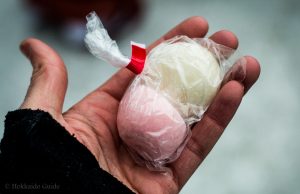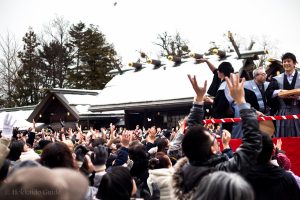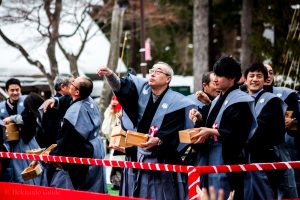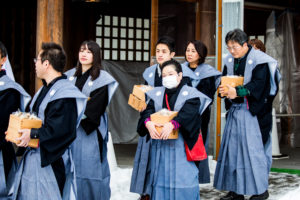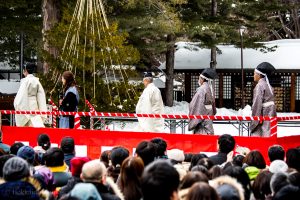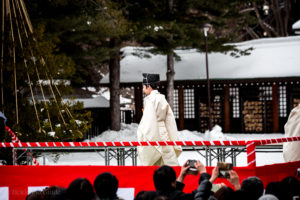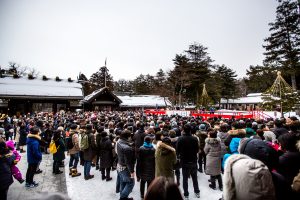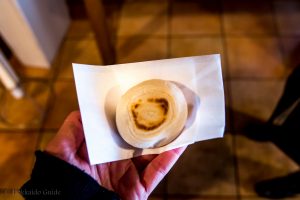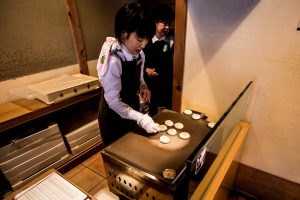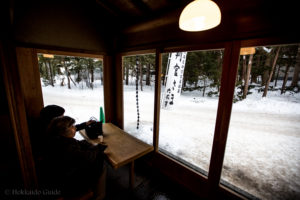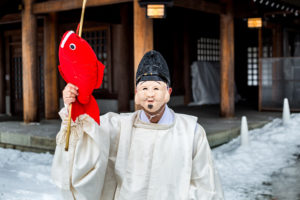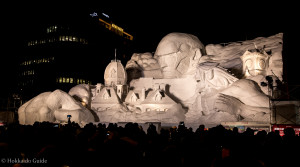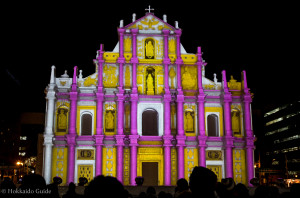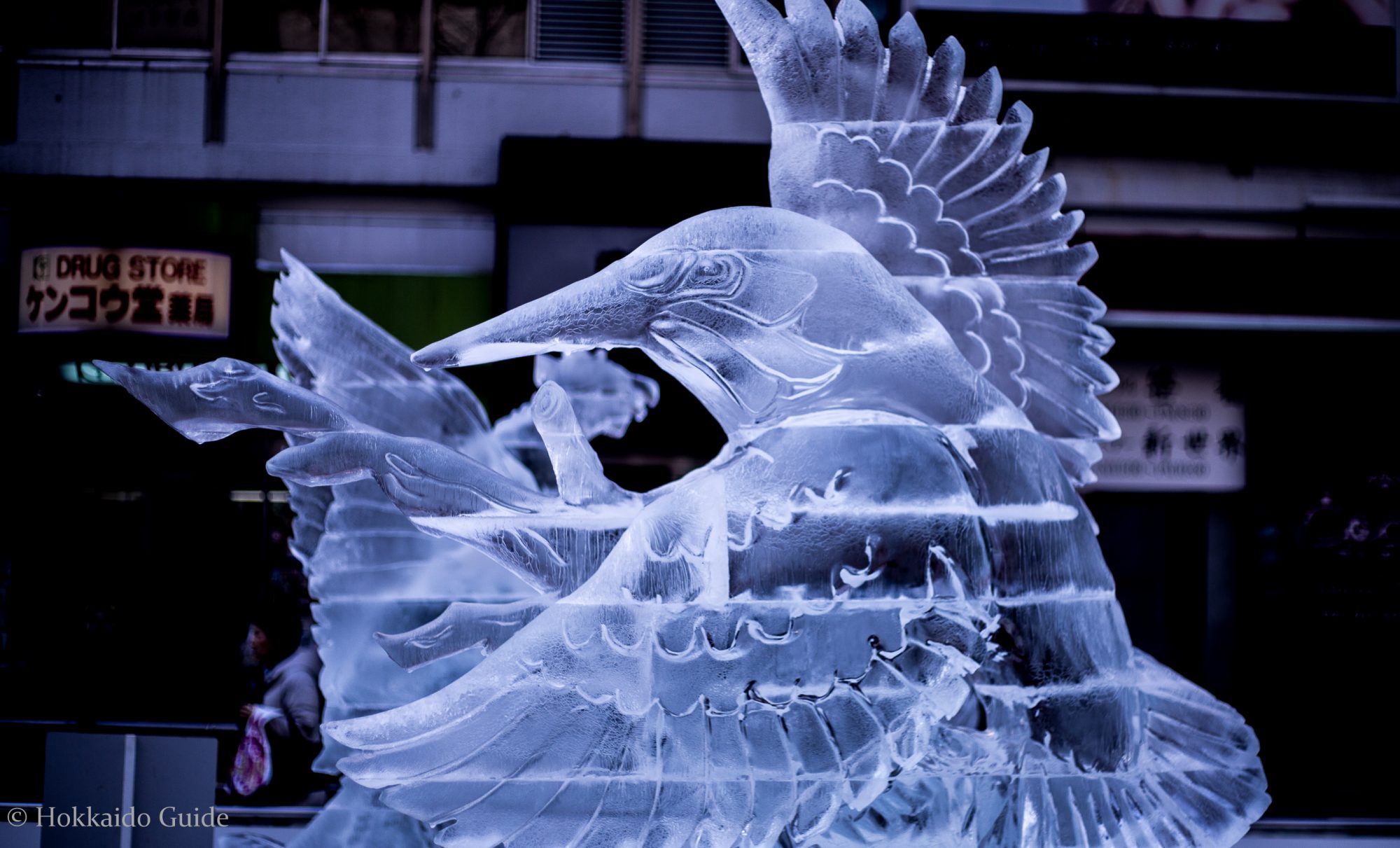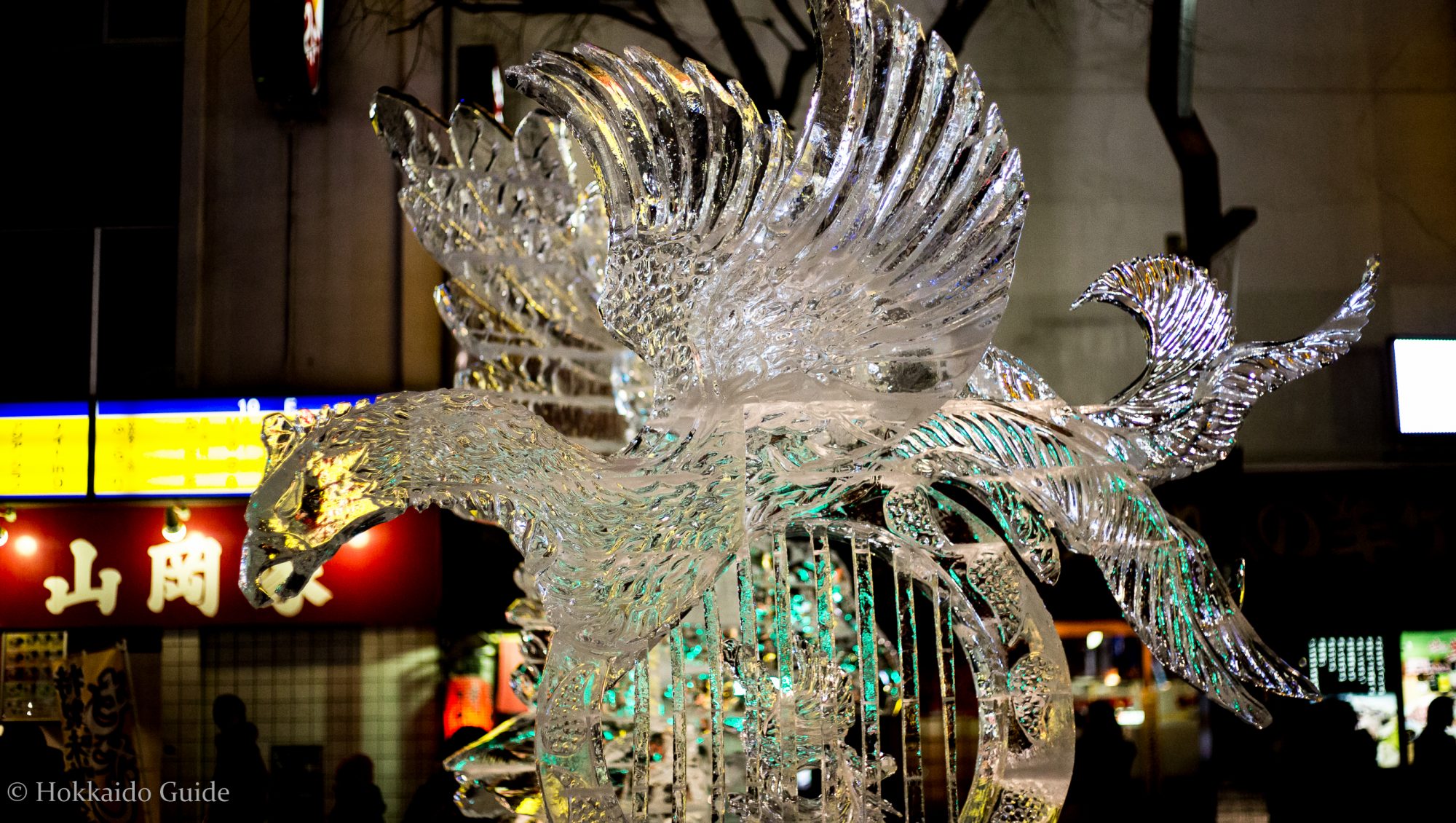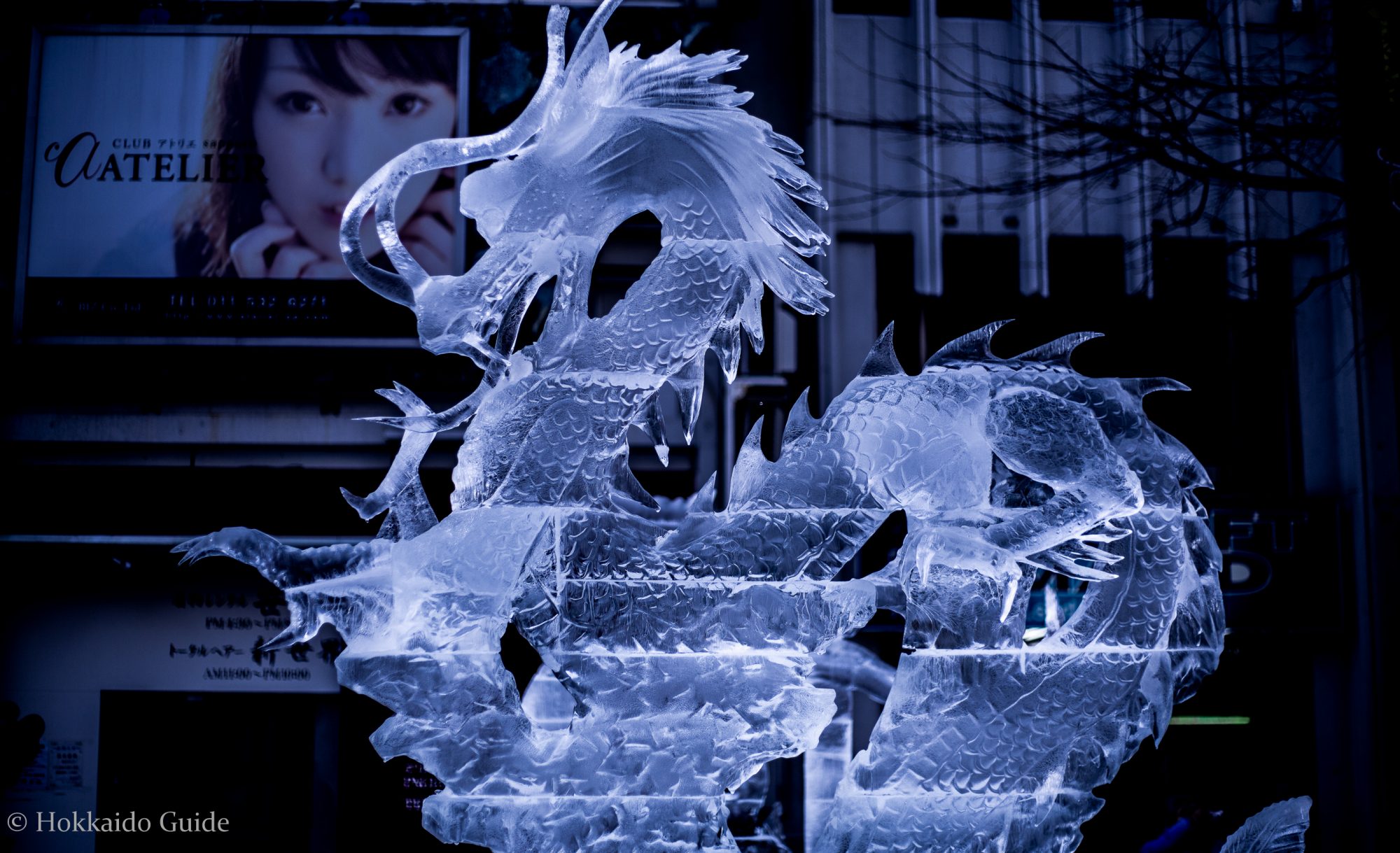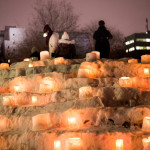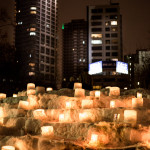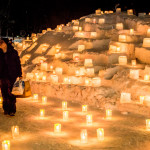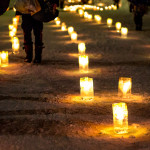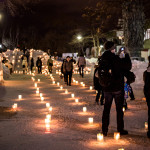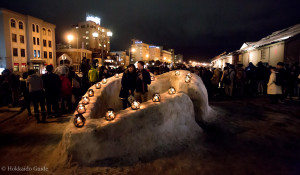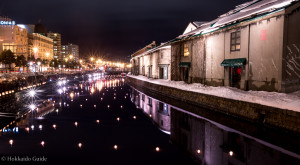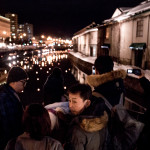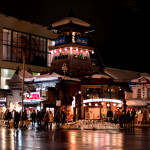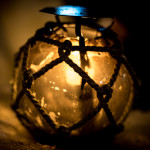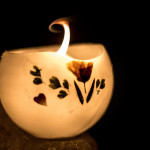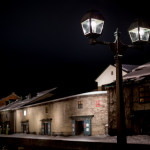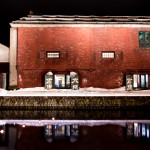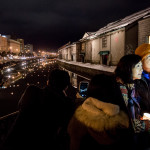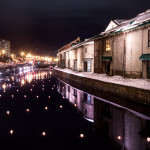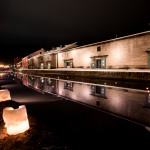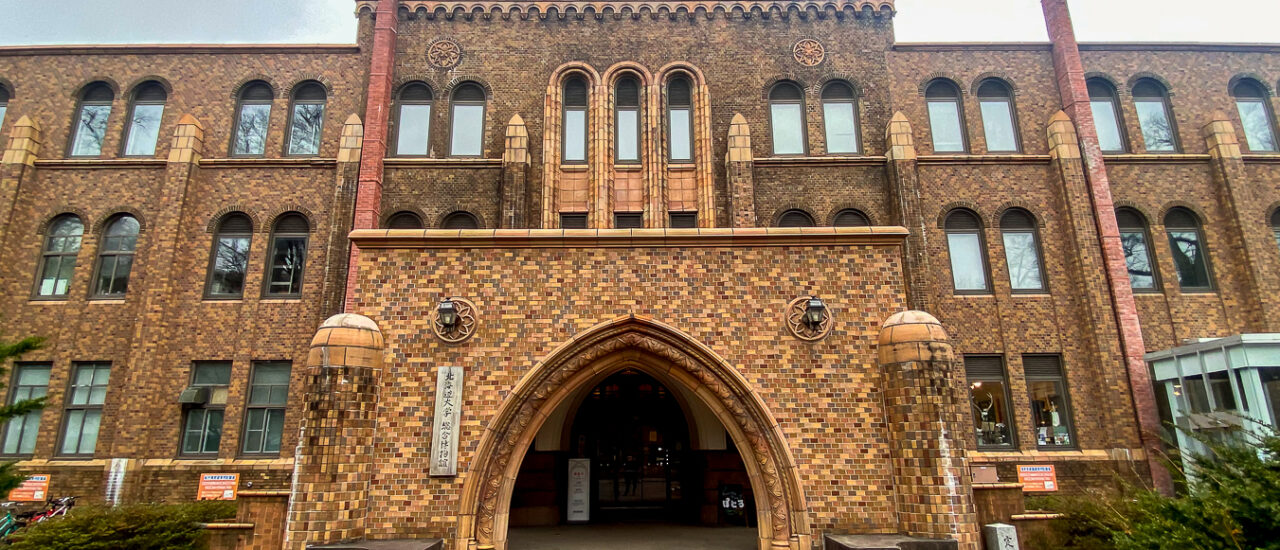
Tag: February
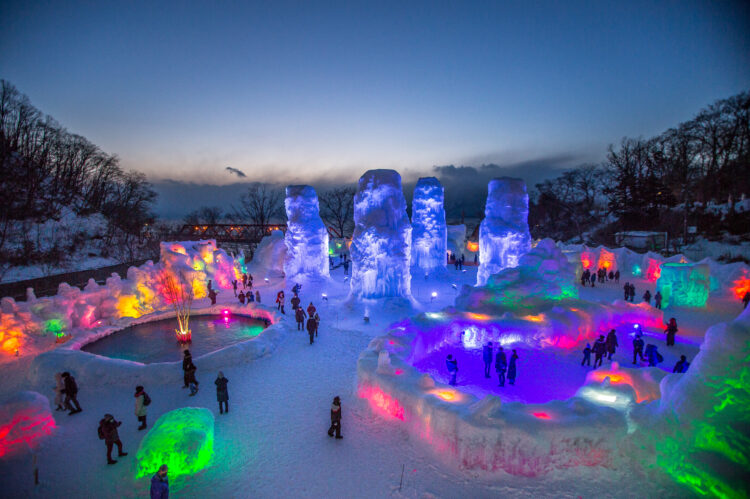
Lake Shikotsu Ice Festival
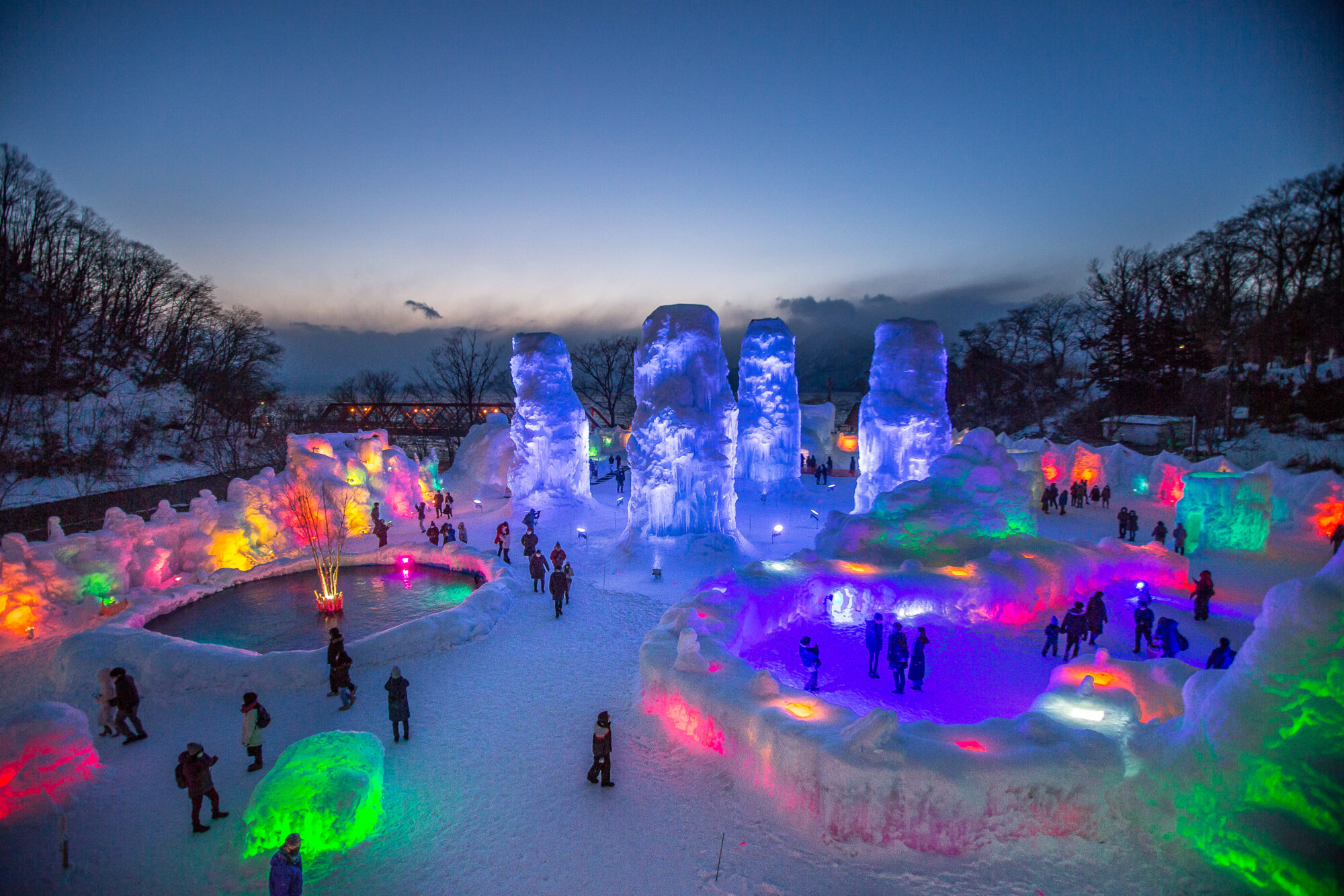
| Admission | ¥500 |
| Opening Hours | 10:00 - 20:00 |
| Dates | January 27 - February 25 |
| Closed | - |
| Contact | 0123-23-8288 |
| Notes | Parking available, cold so wear warm clothes |
| Location / Getting There | The lake is a 1 hour 15 minute drive from Sapporo or an hour drive from Chitose. Alternatively, for ¥1050 there are buses from New Chitose Airport to Lake Shikotsu. Click here for more information on the bus timetable. |
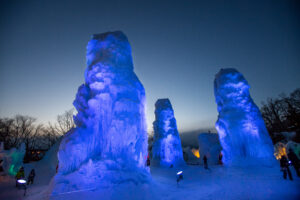 Put on your warm coats and hats when heading to the Lake Shikotsu Ice Festival as it is a cold one! This amazing festival lies on the shores of Lake Shikotsu. This lake boasts some of the cleanest waters in Japan and it is these very waters that are key to the Ice Festival here. The main feature of the festival are giant ice mounds that rise four metres into the air. These are formed by water (from the lake) sprayed up into the air like a fountain. The water freezes over making these interesting sculptures which are illuminated at night.
Put on your warm coats and hats when heading to the Lake Shikotsu Ice Festival as it is a cold one! This amazing festival lies on the shores of Lake Shikotsu. This lake boasts some of the cleanest waters in Japan and it is these very waters that are key to the Ice Festival here. The main feature of the festival are giant ice mounds that rise four metres into the air. These are formed by water (from the lake) sprayed up into the air like a fountain. The water freezes over making these interesting sculptures which are illuminated at night.
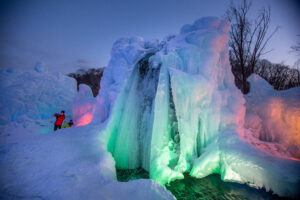 This monolithic sculptures of ice are fantastic to walk around at night which is the best time to go and visit. It gets dark in winter from 4:00pm so this is a good time to get down there. There are small restaurants and a museum hall there to stay warm after walking around the festival. There are ice steps leading to an observation deck overlooking the festival. There is also an ice hut plus large open spaces encircled with ice. This festival isn only ¥500 to enter so it is worth it. Getting to the lake itself is more difficult as you need your own transport. There are buses to and from the lake which can be accessed at the New Chitose Airport.
This monolithic sculptures of ice are fantastic to walk around at night which is the best time to go and visit. It gets dark in winter from 4:00pm so this is a good time to get down there. There are small restaurants and a museum hall there to stay warm after walking around the festival. There are ice steps leading to an observation deck overlooking the festival. There is also an ice hut plus large open spaces encircled with ice. This festival isn only ¥500 to enter so it is worth it. Getting to the lake itself is more difficult as you need your own transport. There are buses to and from the lake which can be accessed at the New Chitose Airport.
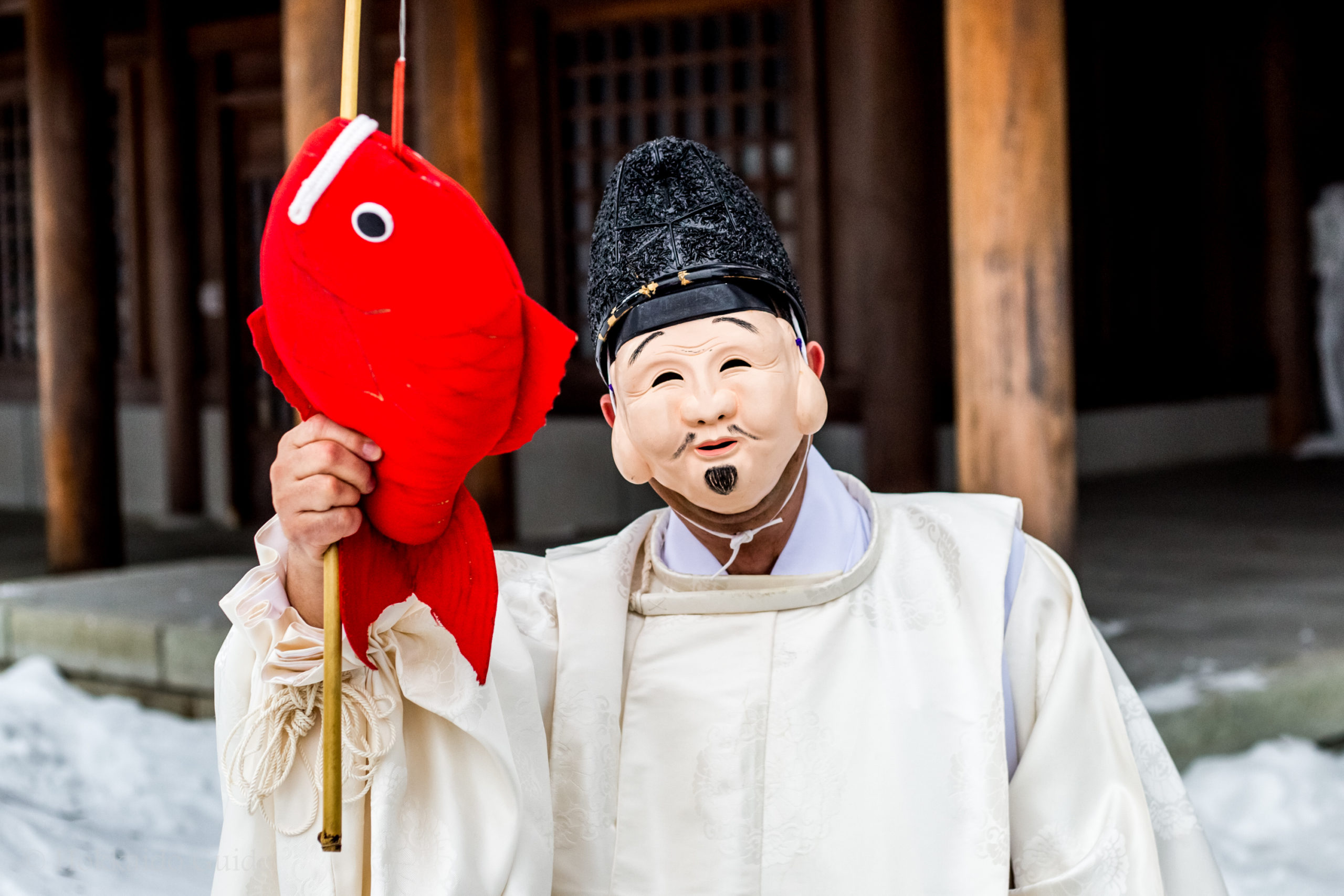
Setsubun Festival
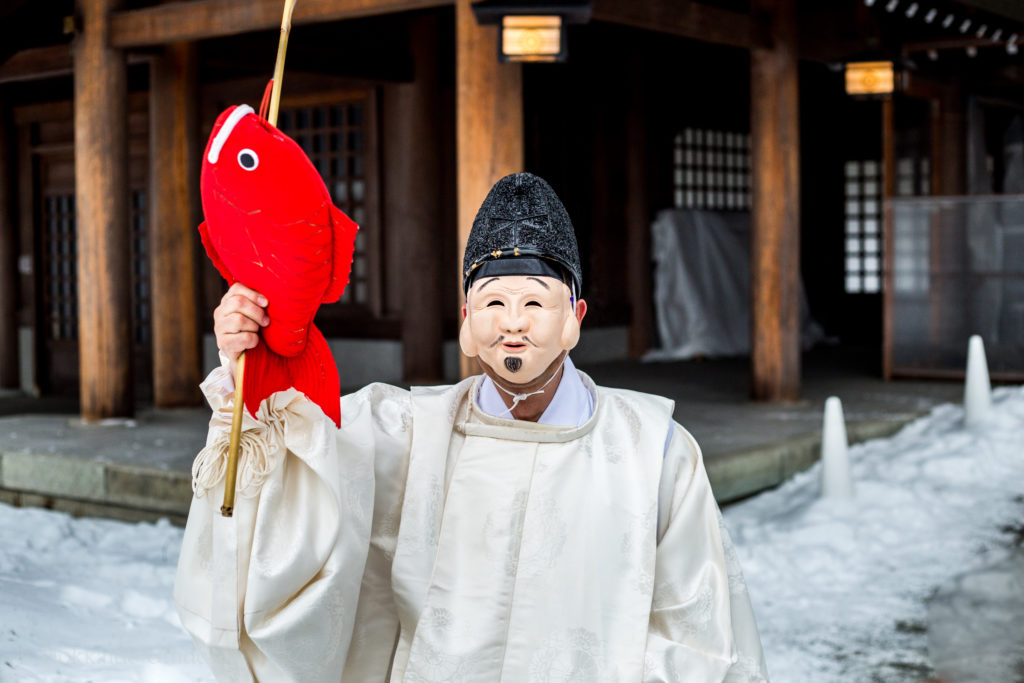
| Dates | February 3rd |
| Opening Hours | 15:00 - 16:00 |
| Contact | 011-611-0261 |
| Location / Getting There | Hokkaido Shrine. 10 minute walk from Maruyama station 474 Miyagaoka, Chuo, Sapporo, Hokkaido 064-0959 |
Hokkaido shrine members
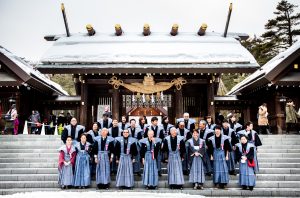
[the_ad id=”4264″]
Shrine musician
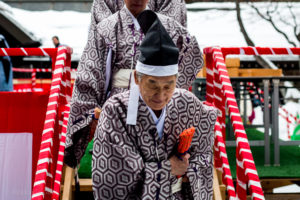
Throwing of the mochi
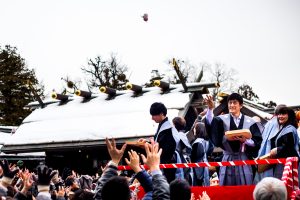
The Rokkatei hut
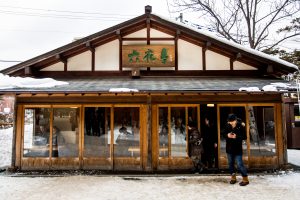
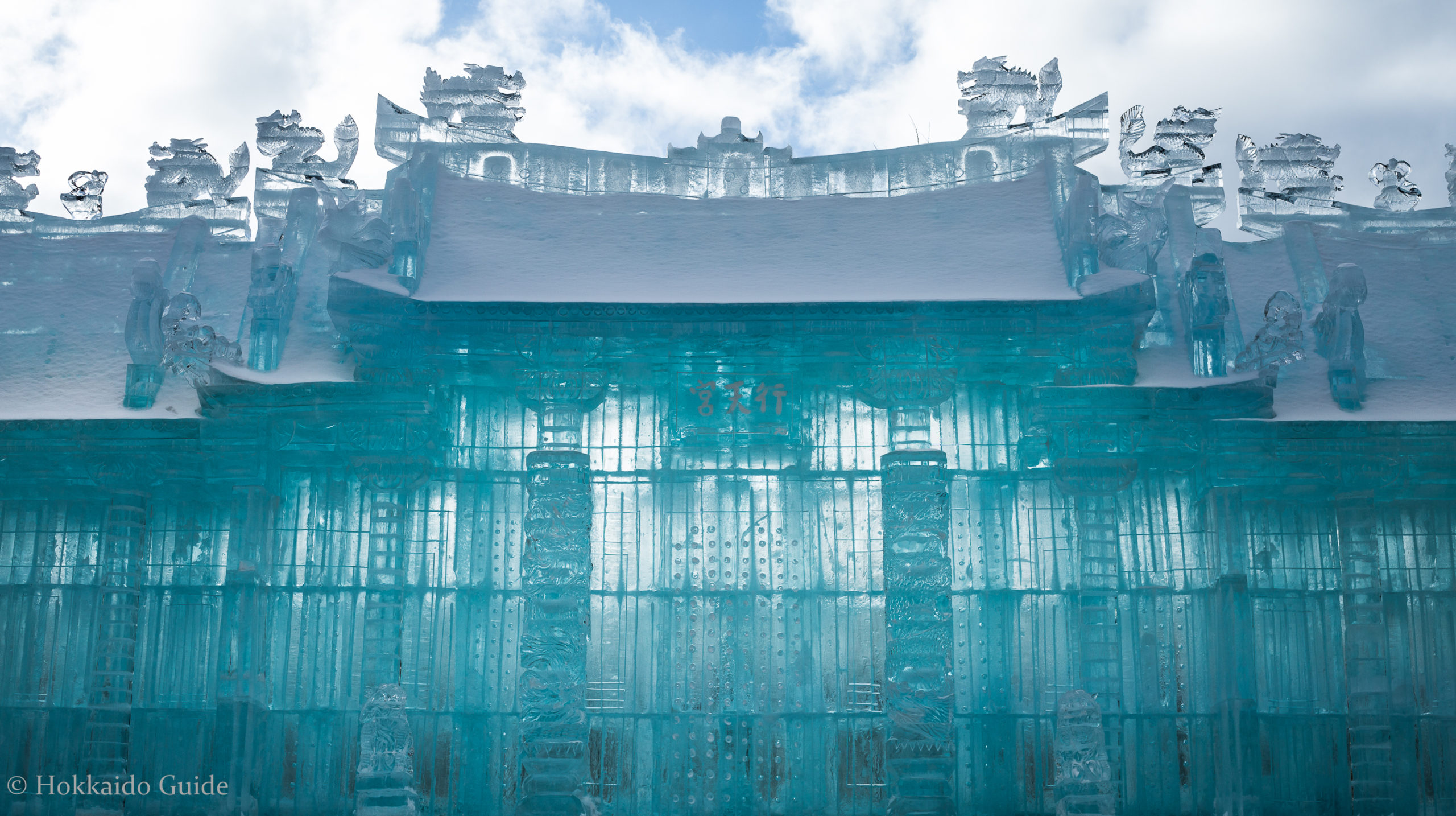
Snow Festival
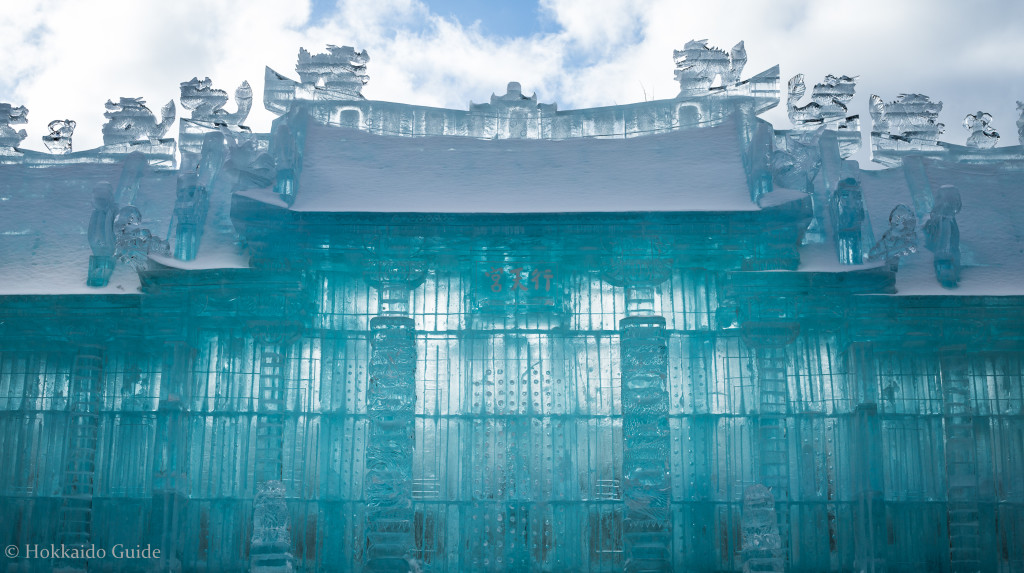
| Admission | Free entry |
| Opening Hours | 1st week in February All day. Lighting stops at 10pm. |
| Closed | – |
| Contact | 011-222-4894(Sapporo City Call Center) |
| Notes | - |
| Location / Getting There | Sapporo – Odori Park, Susukino, Tsu Dome |
Arguably the biggest FESTIVAL / EVENT in Sapporo, the Sapporo Snow festival, according to the snow festivals home page, brings in about 2 million tourists every year. There are 3 main sites throughout Sapporo during the festival. Odori site, Susukino site, and the Tsudome site.
[the_ad id=”4264″]
| HISTORY | |
| 1955 | The Self Defense Force joined in to make a massive snow sculpture. |
| 1959 | Twenty five hundred people participated in building and designing snow sculptures. The national media reported the Snow Festival for the first time. |
| 1965 | Makomanai site was officially opened as the second site. |
| 1972 | Sapporo hosted the Winter Olympic Games where the Snow Festival was widely acknowledged around the world through the international media. |
| 1974 | The International Snow Sculpture Contest began as a part of the Snow Festival. Since then, teams from various regions around the world have participated. Teams include Shenyang (China), Alberta (Canada), Munich (Germany), Sydney (Australia) and Portland (U.S.A.). |
| 1983 | The third site at Susukino was opened adding a new aspect to the festival. The Susikino site included ice sculptures illuminated by neon street lights. |
| 1984 | The duration of the festival was extended by two days and became seven days. |
| 2005 | Makomanai site was closed after forty years. The site was temporary moved to Satoland. |
| 2009 | Satoland closed and the Tsudome site was set up as the second site. |
| The Sapporo Snow Festival has developed its international aspect over the years, and has been creatively evolving up to the present. | |
One of the giant snow scultpures
ODORI SITE

Three story sculptures
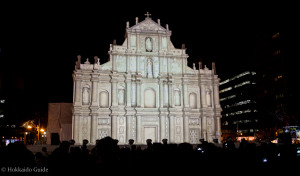
Fantastic artwork
SUSUKINO SITE
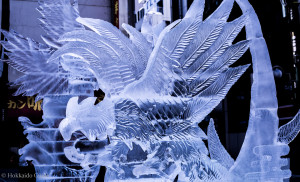
One of the many ice sculptures
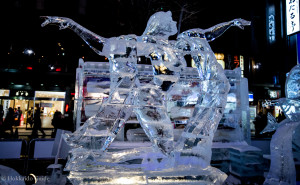
TSUDOME SITE
This site is aimed at kids and families and is filled with several snow and ice attractions, including a 100-meter long “tube rider” snow slide and a snow rafting area where people of all ages can ride on a raft towed by a snowmobile. There is also an 80-meter long snow zip-line that whisks you above the site at a height of about six meters. Also a new feature is the snow golf park. After the days activities, relax at the Snow Festival Ice Café for a drink served in a glass made of ice (only open Saturday, Sunday and the national holiday; admission fee required).
NAKAJIMA PARK
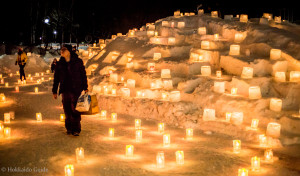 Although, technically, not part of the snow festival, NAKAJIMA PARK has its own attraction. In the evenings the park lights up with hundreds of candlelights placed in the snow. Nakajima park is only a 5 minute walk from Susukino so its easy to take in all these sights. Be warned, the temperatures at this time of year hits freezing so rug up, stay warm and enjoy all of the sights of the Sapporo Snow Festival.
Although, technically, not part of the snow festival, NAKAJIMA PARK has its own attraction. In the evenings the park lights up with hundreds of candlelights placed in the snow. Nakajima park is only a 5 minute walk from Susukino so its easy to take in all these sights. Be warned, the temperatures at this time of year hits freezing so rug up, stay warm and enjoy all of the sights of the Sapporo Snow Festival.
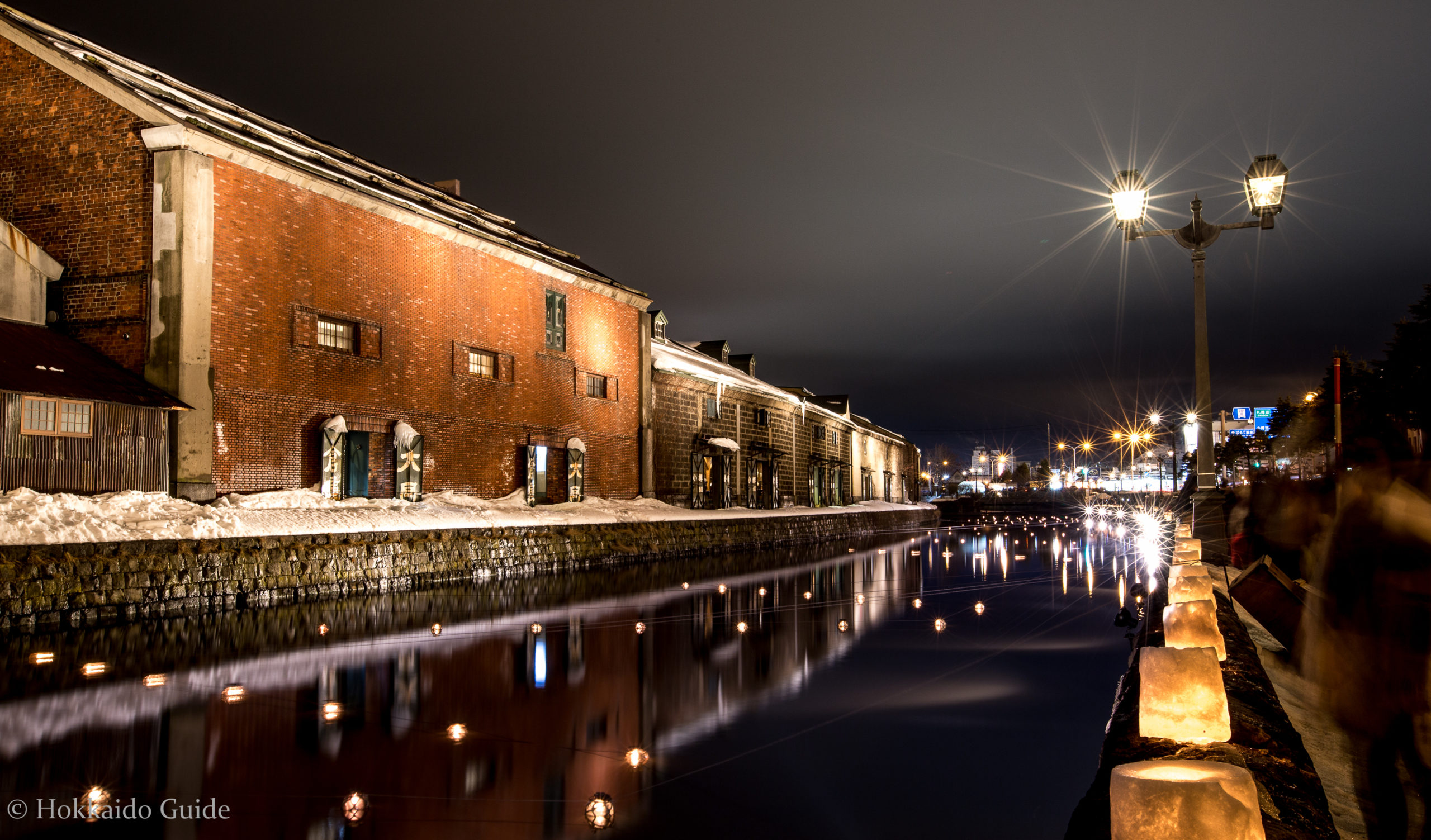
Otaru Snow Light Path Festival
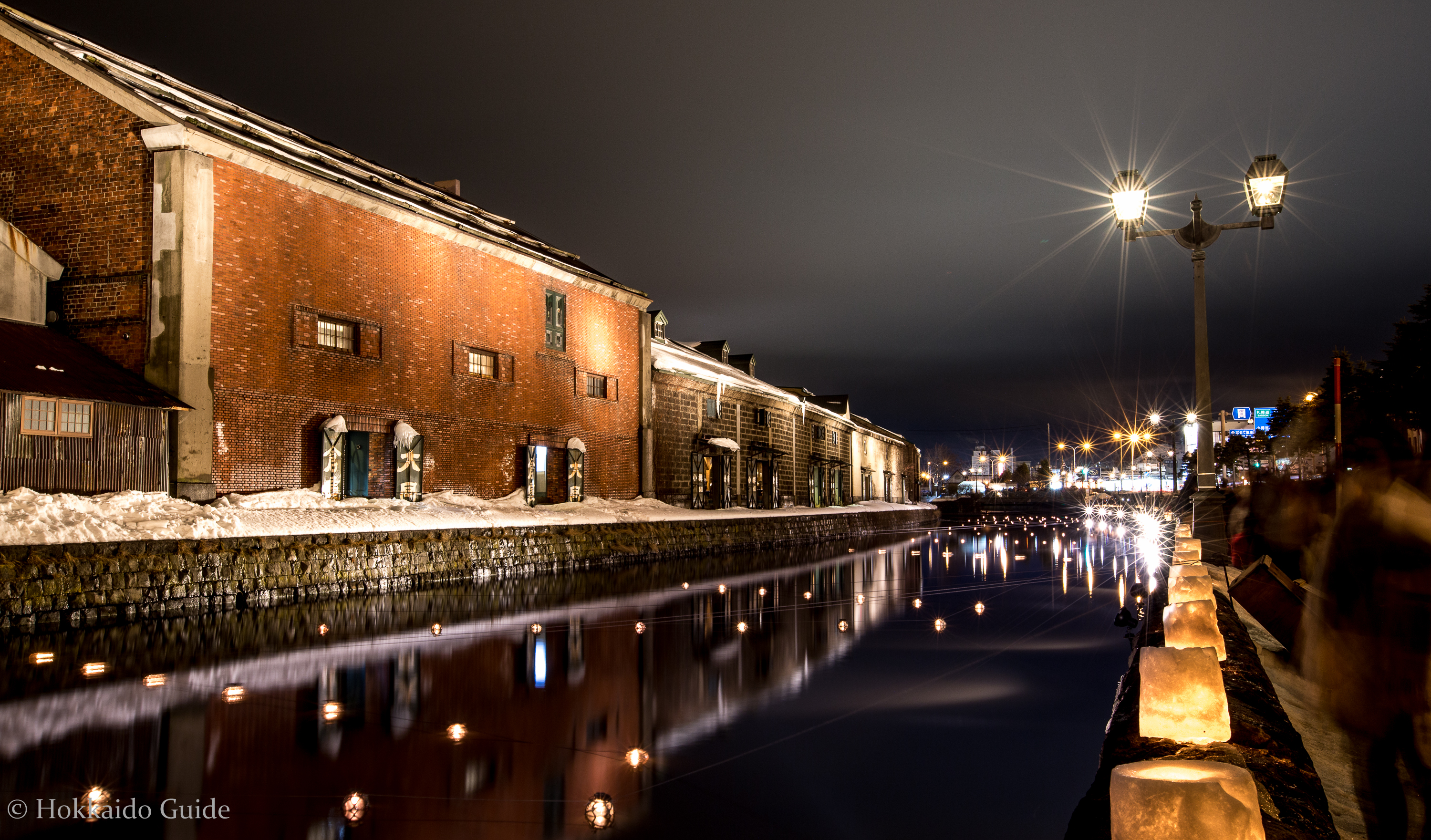
| Admission | Free entry |
| Opening Hours | Early to mid February 5pm – 9pm |
| Closed | – |
| Contact | - |
| Notes | - |
| Location / Getting There | Otaru Canal Area |
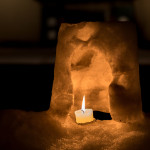 The OTARU SNOW LIGHT PATH FESTIVAL is an annual festival that runs for 10 days in February and coincides with the SAPPORO WINTER FESTIVAL. The festival started in 1999 and has been running for 17 years. It enjoys around 500 000 visitors a year. Otaru is a small fishing village located about 30 minutes by train from Sapporo. It’s a picturesque town year around, particularly its canal area that’s lined with old warehouses that have been renovated into restaurants and shops.
The OTARU SNOW LIGHT PATH FESTIVAL is an annual festival that runs for 10 days in February and coincides with the SAPPORO WINTER FESTIVAL. The festival started in 1999 and has been running for 17 years. It enjoys around 500 000 visitors a year. Otaru is a small fishing village located about 30 minutes by train from Sapporo. It’s a picturesque town year around, particularly its canal area that’s lined with old warehouses that have been renovated into restaurants and shops.
[the_ad id=”4264″]
To get to Otaru simply take the train from Sapporo station. There are multiple trains per hour between Sapporo and Otaru along the JR Hakodate Main Line. The one way trip costs 640 yen and takes 30 minutes by rapid train or 45 minutes by local train. This by far the easiest and fastest way to get to the festival. For those with cars take the Sasson Highway. Its a pleasant drive and takes about 40 minutes, traffic depending. There is parking available down near the docks located a few blocks past the canal.
During the festival the city is decorated with lights, candle lit lanterns, and snow sculptures. The main venues are the historic OTARU CANAL and the former JAPAN NATIONAL RAILWAYS TEMIYA LINE. The canal is lined with candles and offers a great place to take photos and take in the sight of the warehouses reflected on the calm water. To get to the canal from the train station simply take the main exit and head directly straight for about 8 blocks. Just keep following the incline down to the small canal.
The former TEMIYA RAILWAY LINE SITE is a street cutting across the city. The service of the line was terminated finishing its role in 1985, but the track remains as a precious relic of railway. During the winter the old tracks are buried beneath the snow and the street is home to various snow sculptures and lanterns hanging from the bare branches of the trees. The view is quite stunning as the thousands of candles fade away into the distance. The site is located about halfway between the canal and OTARU train station. Its not hard to miss as there are throngs of people wandering down this old pathway.
Lanterns illuminating the street
